












In 2021, employees began leaving their companies in record numbers to redefine their work/life balance. To counter the Great Resignation, seven HR executives are building company cultures that attract top talent and encourage them to stay.
Since joining FedEx in 2020, Auriel Rawlings has developed regional, company-wide diversity and inclusion initiatives, and is now tackling employee relations, recruitment, and policy and procedures. In a Q&A with Profile, she speaks on the importance of culture initiatives at FedEx and how that focus helps the organization differentiate itself during the Great Resignation.


P26
Pamela Bucher reveals the behind-the-scenes work that goes into preparing SeatGeek for its future as a public company
P10
Fidelity Investments’ Wendy John strives to create a workplace that honors and celebrates the differences among people
P17
How Chief Accounting Officer Meagan Thompson integrates excellence with care at Safe Harbor Marinas
P50
How Nick Warner uses small experiments to create better customer experiences at Route P58
Seth Goldstrom helps companies reach their full potential through his transformation work at McKinsey & Company
P68
How Wilson Ho’s robust IT and security strategy keeps car-sharing company Turo ahead of the competition
P72
In Every Issue
Editor’s Letter P7
Index P81
Julie Allen keeps reinventing herself, but she always finds a way to shine a light on young, creative talent at the Howard Hughes Corporation
P54
Betsy Philpott was always told it was impossible to work in sports as a lawyer. As senior vice president and general counsel for the Washington Nationals, she’s proved the naysayers wrong.
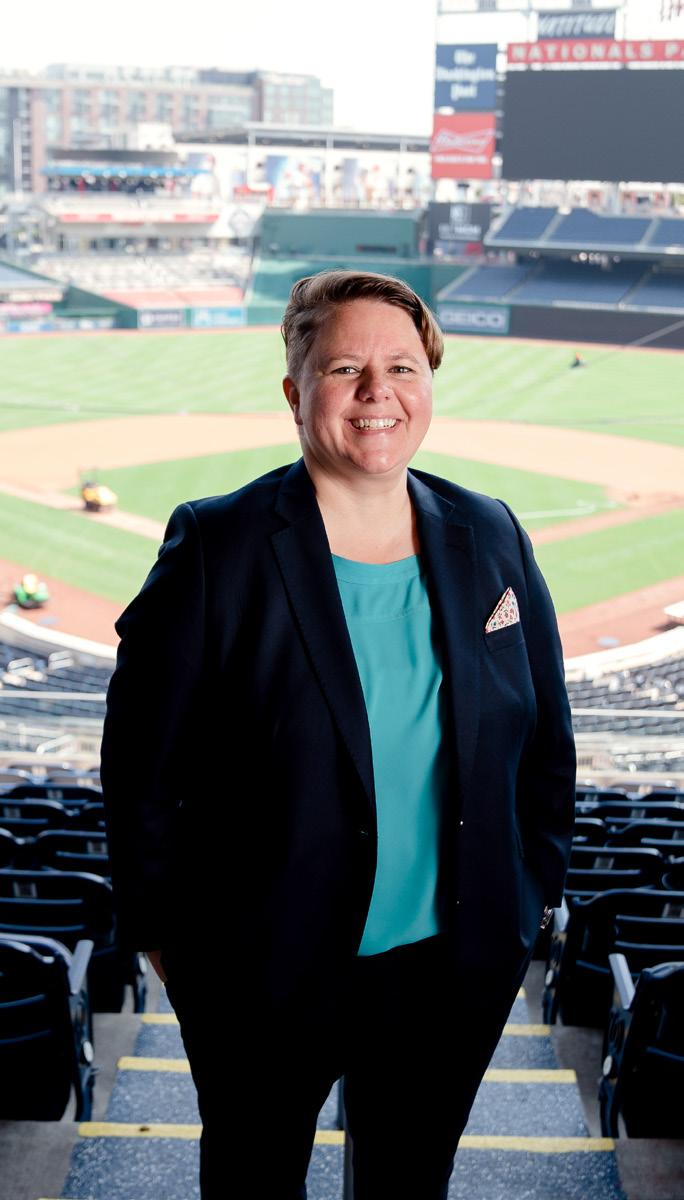
P74
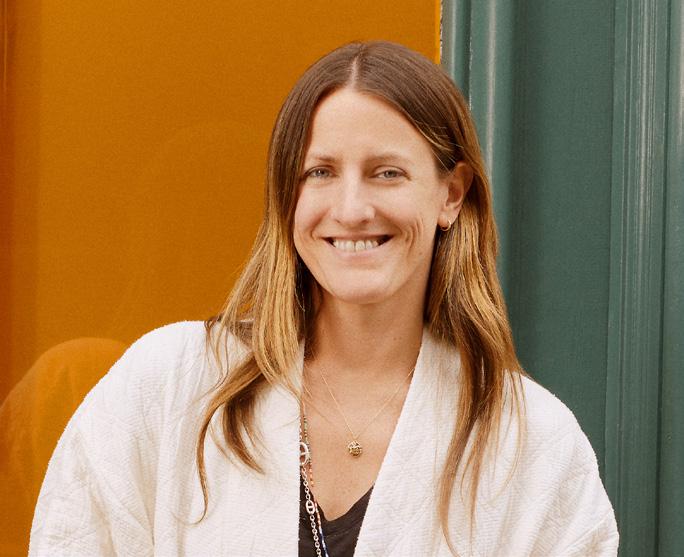
Carlos Huereca grew up in a family of small business owners and watched leadership in action, not just in business but also in how they treated people. He brings these lessons and twenty years of expertise to Corporate Relocation International as its chief human resources officer.
P29
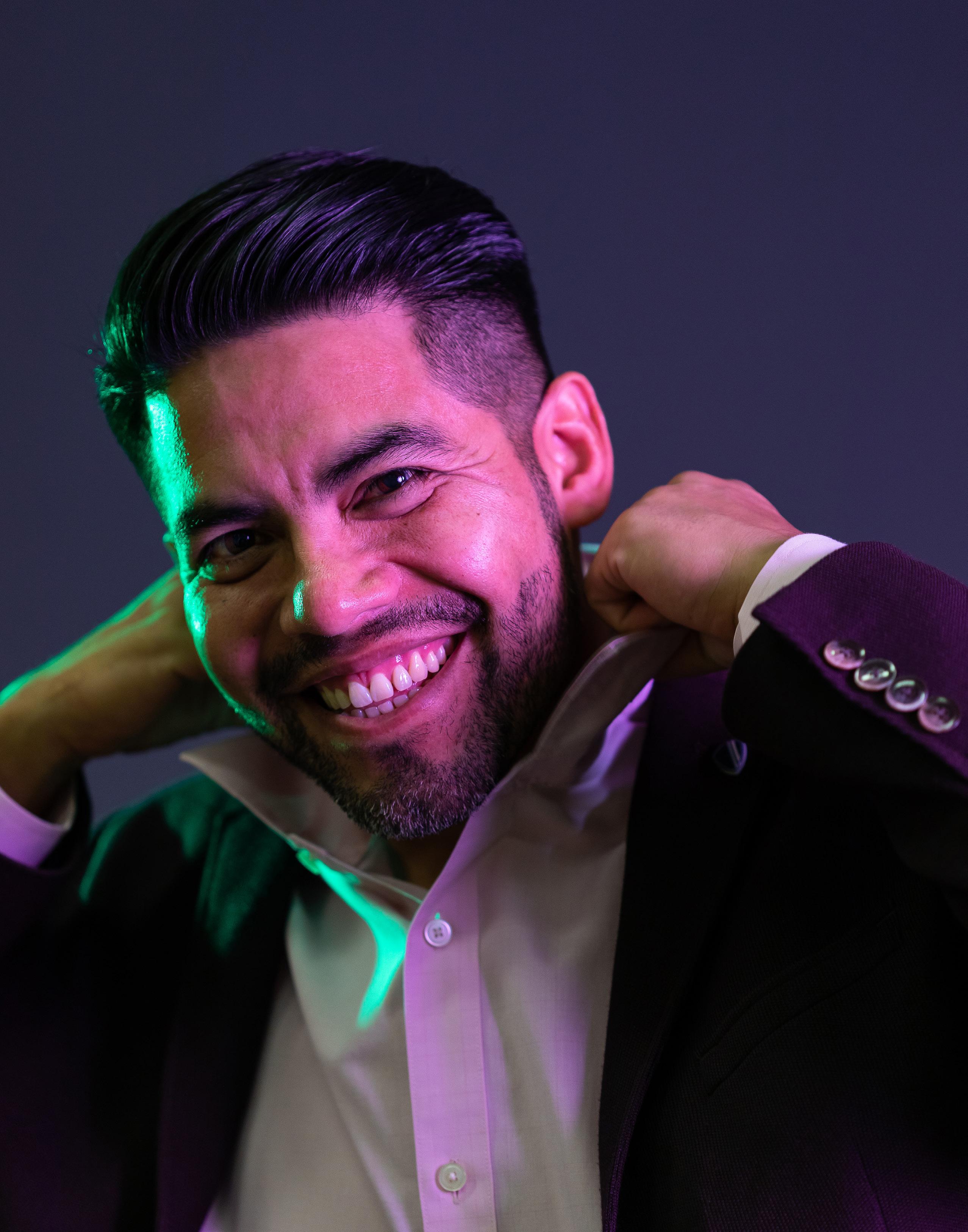
Editorial Director
Frannie Sprouls
Editors
Jaylyn Bergner
Sara Deeter
Melaina K. de la Cruz
Michele Cantos Garcia
Brittany Farb Gruber
Julia Thiel
Staff Writers
Zach Baliva
Billy Yost
Contributing Writers
Zachary Brown
Will Grant
Frederick Jerant
Joseph Kay
Natalie Kochanov
Keith Loria
Maggie Lynch
Claire Redden
Designer, Profile
Anastasia Andronachi
Senior Designer
Vince Cerasani
Designers
Rebecca Kang
Arturo Magallanes
Senior Photo Editor & Staff Photographer
Sheila Barabad Sarmiento
Photo Editor & Staff Photographer
Cass Davis
Contributing Photo Editor
Sarah Joyce
Special Projects Editor
Sara Deeter
Creative Production Coordinator
Melaina K. de la Cruz
CEO & Publisher
Pedro A. Guerrero
President, Group Publisher
Kyle Evangelista
Chief of Staff
Jaclyn Gaughan
SALES
Director, Sales
Stuart Ziarnik
Director, Sales Onboarding
Justin Davidson
Manager, Onboarding Sales & Development
Hannah Tanchon
Sales Researchers
Titus Dawson Kemp Pile
Lead Recruiter, Guerrero Search
James Ainscough
Senior Director, Corporate Partnerships & DEI Solutions
Krista Horbenko
Digital Product Manager
Aleksander Tomalski
Director, Talent Acquisition & Engagement
Haylee Himel
Talent Acquisition Managers
Josie Amidei
Jordyn Gauger
Content & Advertising Managers
Samantha Eberly
Brandon Havrilka
Sarah Kupfer
Megan Murphy
Maya Porterfield
Ashley Watkins
Profile® is a registered trademark of Guerrero, LLC.
© 2023 Guerrero, LLC guerreromedia.com
1500 W. Carroll Ave. Suite 200 Chicago, IL 60607
Subscriptions + Reprints
AUDIENCE & ENGAGEMENT
VP, Hispanic Division
Head of Audience & Engagement
Vianni Lubus
Director, Events
Jill Ortiz
Events & Marketing Manager
Ashley Parish
Communications & Engagement
Manager
Cristina Merrill
Associate Manager, Digital Marketing
Aliana Souder
Social Media Manager
Suleidys Tellez
OPERATIONS
VP, Finance
David Martinez
Director, Circulation
Stacy Liedl Staff Accountant
Natallia Kamenev
Senior Director, Client Operations
Cheyenne Eiswald
Senior Manager, Client Services
Rebekah Pappas
Manager, Client Services
Brooke Rigert
Office Manager and Administrative Assistant
Emiko Daniel
Facebook: @profilemagazineofficial
LinkedIn: @Profile-Mag
Twitter: @Profile_ExecMag
Instagram: @profilemagazineofficial
For a free subscription, please visit profilemagazine.com/subscribe. Printed in China. Reprinting of articles is prohibited without permission of Guerrero, LLC. For reprint information, contact Stacy Liedl at stacy@guerreromedia.com.
I should’ve known that I wanted to be an editor much earlier than I did. Throughout high school, I wanted to be a writer. I participated in National Novel Writing Month (writing fifty thousand words between November 1 and 30) my senior year, and I was going to study journalism at the University of Nebraska–Lincoln and become a reporter.
But I would swap papers and short stories with friends for peer editing throughout high school. I printed the pages, got out a red pen, and used the proper proofreading marks as I read. Some papers had few markups, while others had so many that it looked like the paper was bleeding.
That was in the back of my mind as I started my journalism classes and reporting for the student newspaper. During one of the freshman welcome nights, I stopped by the booth for the student chapter of ACES, which was then called the American Copy Editors Society. I started attending meetings and went to a regional conference. By sophomore year, I was a full-fledged ACES member and started working on the newspaper copy desk one to two nights a week in addition to reporting.
I found so much more joy as a copyeditor. Reporting made me anxious, and editing gave me energy. So I pivoted. I set aside my reporter’s notebook and have never looked back.
That realization set up my career to what it is today. And many others the past couple years have had similar realizations.
The COVID-19 pandemic and the subsequent work expectations put a lot of things in perspective. People weren’t satisfied with their work environments, so they left to find that satisfaction.
This is the Great Resignation, but our sister brand American Healthcare Leader said it better: this is the Great Realization. In this issue, we’re showcasing HR executives who are building cultures that not only draw people in but also support them once they are hired.
Cover star Carlos Huereca lives this out in his role as chief human resources officer at Corporate Relocation International. Culture is key for him, and HR leaders need to create meaning and purpose for every employee. “Whatever actions you take or projects you’re leading as a professional, unless you’re focused on people and creating an environment where they can operate at their best, it’s just not going to be sustainable,” he says.
People are showing us what they want from their career and their lives. Now it’s time to make it happen.
Frannie Sprouls Managing Editor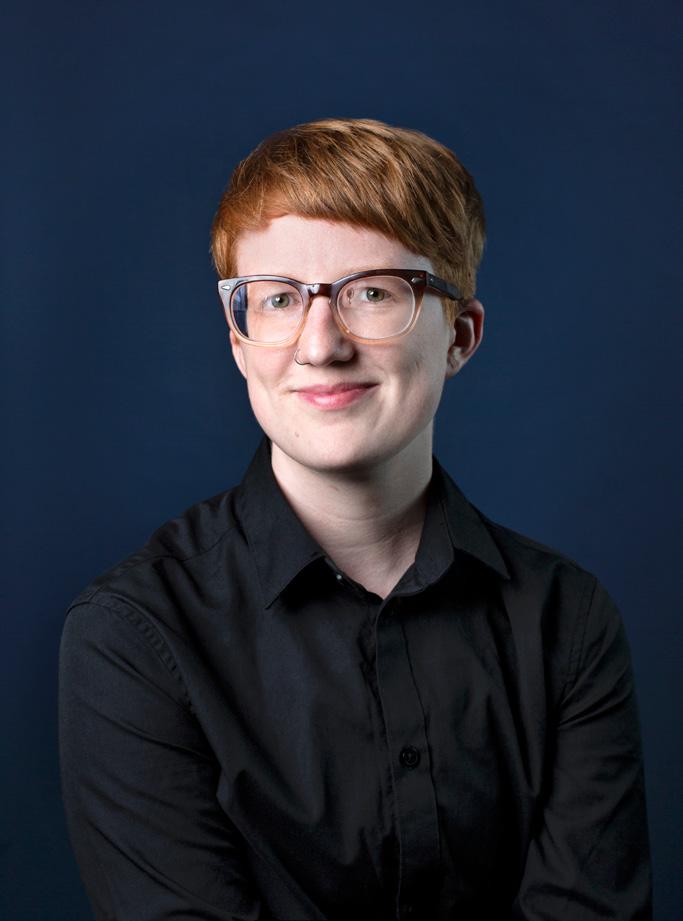
Twice a month, Profile delivers exclusive insights from business leaders straight to your inbox.

What is a company without those who lead it? Executives provide their blueprint for cultivating a successful career.
Snigdha Kumar, Digit
Wendy John, Fidelity Investments
Jill Robinson, Atlanta Braves
In 2021, SeatGeek started making moves to go public. It wasn’t entirely unexpected. The popular tech and mobile ticketing company, founded in 2009, spent a decade building partnerships with sports teams, leagues, venues, promoters, and other partners to attract millions of users to its platform. Fast Company and others recognized it as one of the most innovative companies for live events.
But to go public, SeatGeek would need the right person to refine its financial processes, build its accounting team, and lead the complex transaction—and it found that person in veteran accounting leader Pamela Bucher.
Bucher joined SeatGeek as vice president and global controller in the summer of 2021, and brought more than thirty years of experience to the role. The Pennsylvania native studied accounting and business information systems at Shippensburg University and completed an MBA at Penn State. After starting her career as an auditor at Arthur Andersen, Bucher spent her formative years at the Hershey Company and then Revlon.
A long tenure gave her the rare opportunity to serve in many roles and master the inner workings of an iconic multinational food manufacturer. “I was able to hold many roles at Hershey, and it was a perfect fit for me because the combination of systems, numbers, and business has always appealed to me,” she explains.
Bucher started at Hershey as an internal auditor and soon moved into accounting and analyst roles where she was implementing systems and coordinating integrations. In the late 1990s, she worked with IT professionals to prepare the company for the Y2K transition and complete an important enterprise software transition.
As she moved into leadership roles, Bucher gained broad experience and a deep understanding of how financial decisions impact all parts of an organization. She also focused on building strong partnerships with her counterparts. “Good relationships in a company help financial leaders know what the business is driving towards so they can bridge the gap between business and accounting,” she says.
By 2009, Bucher had managed a Sarbanes-Oxley certification process, implemented a new profit and loss system, and led financial planning and analysis. Hershey’s CFO was impressed and gave her an expatriate assignment as the CFO of Hershey Canada. Bucher took her husband and four children to Canada, where she led the full finance team and spent nearly three years leading major business initiatives, including the integration of a key strategic acquisition. In 2012, Bucher returned to Pennsylvania and finished out her tenure at Hershey as the company’s global controller.
When Bucher came to SeatGeek in 2021, the company was already evaluating paths
to become a public company. Although the COVID-19 pandemic had devastated the live events industry, concerts and sporting events were starting to resume. “I had to assess the processes and team and bring my experience to bear to determine what we would need to get in place and how to help best prepare the company to meet its goals,” she says.
While SeatGeek had a strong accounting function in place, public companies must meet strict regulations in financial reporting. First, Bucher worked on completing the audits of the historical financial statements and building a team to bring outsourced functions in-house. She made key hires, put new processes and timelines in place, and
Pamela Bucher VP, Chief Accounting Officer, and Controller SeatGeek
worked to change workflows and mindsets to prepare team members and employees for life as a scrutinized public entity with shareholder responsibilities.
Going public will put SeatGeek on a new and different playing field. While the company’s roots lie in helping consumers buy and sell tickets via its marketplace, SeatGeek also powers a new, open entertainment industry through its enterprise business to give teams, venues, and shows seamless access to their audiences. “Our enterprise ticketing software allows our customers to efficiently grow their businesses while delivering the best possible experience for fans, and that’s where our future growth initiatives are focused,” she explains.
SeatGeek powers over two hundred clients across sports and entertainment, including the New Orleans Saints, Dallas Cowboys, Arizona Cardinals, Cleveland Cavaliers, and Jujamcyn Theaters’ five Broadway theaters in New York City; it also has leaguewide agreements with the National Football League, Major League Soccer, and tickets over half of the English Premier League in the UK. In 2021, SeatGeek secured a deal to handle all ticketing for all Barclays Center events, including Brooklyn Nets games, New York Liberty games, and concerts. Fans use SeatGeek’s digital platform to purchase, manage, or transfer tickets on desktop and mobile devices in real time. Bucher says her colleagues are pursuing similar deals at other venues as part of SeatGeek’s business plans.
As SeatGeek’s leaders prepare to stand on the trading floor, they are putting the right pieces into place. They have strong primary ticketing relationships, a leading tech platform, growing brand awareness, millions of users, and a solid financial team. One day soon, they’ll ring the opening bell and celebrate a successful company milestone years in the making.
Connor Group congratulates Pamela Bucher on this well-deserved honor! Working closely with Pamela and SeatGeek on their public company readiness has been a privilege, and we look forward to the continued relationship. In the last decade, Connor Group has assisted on more than two hundred IPOs and is a leader in preparing companies for IPOs and the growth that follows.
“Our enterprise ticketing software allows our customers to efficiently grow their businesses while delivering the best possible experience for fans, and that’s where our future growth initiatives are focused.”
PAMELA BUCHER
Snigdha Kumar has worked in her birth country of India along with Myanmar and Indonesia. While the economies may not be as developed as those of the US, the countries’ openness to helping vulnerable populations secure credit was, in many ways, far ahead of the country where Kumar would pursue her graduate studies in public policy analysis at Harvard University.
Kumar, now head of product operations at Digit, didn’t need to conduct a policy study or analysis to reach this conclusion. She lived it.
“I knew upon moving here that I would need to build a credit score,” the executive remembers. “I needed a credit score to secure a credit line, but I was trying to get a credit line to build my credit score. I couldn’t get either. These are the building
blocks of financial planning here, and I felt like I was in some awful ‘chicken or the egg’ hypothetical. It seemed so backwards.”
If it was this hard for a person who had the benefit of pursuing a distinguished education halfway across the world, how
As head of product operations, Snigdha Kumar offers a glance into the mission-led future of Digit and Oportun
“Both organizations are so missionaligned . . . there’s a perfect marriage to make life for our members better.”
SNIGDHA KUMAR

much harder was it for someone with more financial challenges in their lives?
That’s the problem Kumar has been seeking solutions for ever since. Oportun’s acquisition of Digit is poised to create the perfect synergy of financial products and advocacy to ensure that access to credit, financial security, and economic well-being are no longer a luxury—they’re a right.
And Kumar believes Digit’s acquisition couldn’t be more perfectly paired. While writing her graduate thesis on digital savings for the underserved, Kumar interviewed executives at both Digit and Oportun for her research. The continuity between the two was evident, especially in strong contrast to the upward of 300 percent APR payday lenders were charging those who felt they had no alternative but to pay.
“Both organizations are so missionaligned,” Kumar explains. “They’re both so focused on doing right by their members, and the best part is that we offer complimentary products. We’re not stepping on each other’s toes; there’s a perfect marriage to make life for our members better.”
The goal isn’t simply to introduce new financial products—it’s to fundamentally change the way banking works in the United States. Kumar describes this as “building a self-driving car, but for money.”
The organizations’ mission is to bring lending, banking, savings, and investing into one cohesive experience for members that can be done without leaving home. The process should be automated, effortless,
and, most importantly, take some of the stress out of the process for members who have experienced economic hardship.
Kumar is currently working on the instant disbursement of their loan amounts. For members who may not have a bank account, they may be hit with paycheck-cashing or other predatory fees to access their loan amount and it may even take up to two to three days to access their funds. The instant disbursement project would allow members to open a bank account instantly, receive their loan amounts instantly and spend the funds via a debit card.
Kumar’s team is also thinking much more long-term about savings. The vision on the Digit side of the business is to leverage artificial intelligence and account information to understand financial goals for members and help plan accordingly. For example, if members are saving up for a wedding, they could be instantly approved for low-interest credit lines that may help account for unforeseen expenses.
When loans have been paid off, Digit can suggest intelligent savings goals or retirement planning. “The whole idea is to find ways to serve members with a 360-degree perspective,” Kumar explains. “It’s not just about lending. It’s about helping people to create long-term financial success in their lives effortlessly.”
Kumar has always been drawn to the ways in which financial systems can make the world a better, not poorer, place. The
daughter of two parents who worked in government-backed financial institutions, Kumar was well-accustomed to high-level dinner table discussions of using finance for good from a very young age. The small child heard stories of people saved from poverty who went on to successful and prosperous lives. She’s continued her parents’ mission to a T.
“I feel like my job has made me even closer to my family,” Kumar explains. “We can all have these conversations now from different perspectives, but we’re all working toward the same goal.”
Inside the company, Kumar has been a valuable resource for easing fears that can accompany business acquisitions. Employees who may have had reservations about losing a brand identity or somehow having their mission-driven work altered were able to talk to Kumar, someone who had a significant working understanding of Oportun and how well the two companies would complement each other.
“I was happy to tell people that I had strongly considered working at Oportun,” Kumar remembers. “The two of us together creates so much more value than some of our competitors.”
Oportun’s strength and reputation in the lending space, Kumar says, pairs well with Digit’s focus on financial savings and well-being. And both organizations are dedicated to helping their members do more than make it past a hard moment. They want to ensure prosperity in the long term.
“It’s not just about lending. It’s about helping people to create long-term financial success in their lives effortlessly.”
SNIGDHA KUMAR
At Workiva, innovation is everything. The global software-as-a-service (SaaS) company pushes the boundaries to power transparent reporting for a better world. Consumers, employees, shareholders, and stakeholders expect more from business—more action, transparency, and disclosure of both financial and nonfinancial information.
The Iowa-based Workiva provides more than 4,300 organizations across the world with regulatory, financial, and environmental, social, and governance (ESG) cloud reporting technology. “We view our platform as a living, growing thing,” CFO Jill Klindt says. “We’re constantly adding functionality and new solutions. We always want to make it better, more secure, and more trustworthy.”
The company has grown and evolved since its inception in 2008—and so has Klindt.
Klindt’s original aspiration was to be a veterinarian, but ultimately pivoted toward business when she realized that path was not for her. She earned her degree in
accounting from Iowa State University and spent the first ten years of her career with finance and accounting positions at Wells Fargo Financial, CitiMortgage, and Principal Residential Mortgage.
Then Workiva, which is located near Iowa State as part of its tech incubation corridor, came calling in 2008. In the past ten years, Klindt has been controller, director and senior director of finance and accounting, and chief accounting officer. She was instrumental in taking Workiva public in 2014, and in February 2021, she stepped into the CFO role.
CFOs are uniquely positioned to reshape the future of corporate finance and investment as a catalyst for growth, value creation, and social impact. And Klindt is leveraging her expertise and leadership to help Workiva expand its impact within ESG reporting, both externally and internally.
There is a powerful motivation for organizations to report ESG data, which is a complex reporting process. Organizations must capture and manage data from both financial and nonfinancial sources, then

map the data to multiple reporting standards from agencies such as the Sustainability Accounting Standards Board, the Global Reporting Initiative, and the Task Force on Climate-Related Financial Disclosures.
Workiva, which has years of experience solving complex financial business reporting problems, launched its ESG reporting solution in 2021. “ESG is a perfect fit for how companies can use our platform to pull together a lot of different data—whether it’s financial or nonfinancial data—into a very structured form,” says Klindt, who aids fellow CFOs in understanding how this transparency of nonfinancial information holds equal weight for the betterment of companies, their stakeholders, and the planet.
That same year, Workiva became the first SaaS company to join the UN Global Compact CFO Taskforce, committing to measure its progress toward implementing the CFO Principles on Integrated Sustainable Development Goals (SDGs) Investment and Finance.
Klindt was selected to chair the Consulting and Tech, Media, and Telecommunications
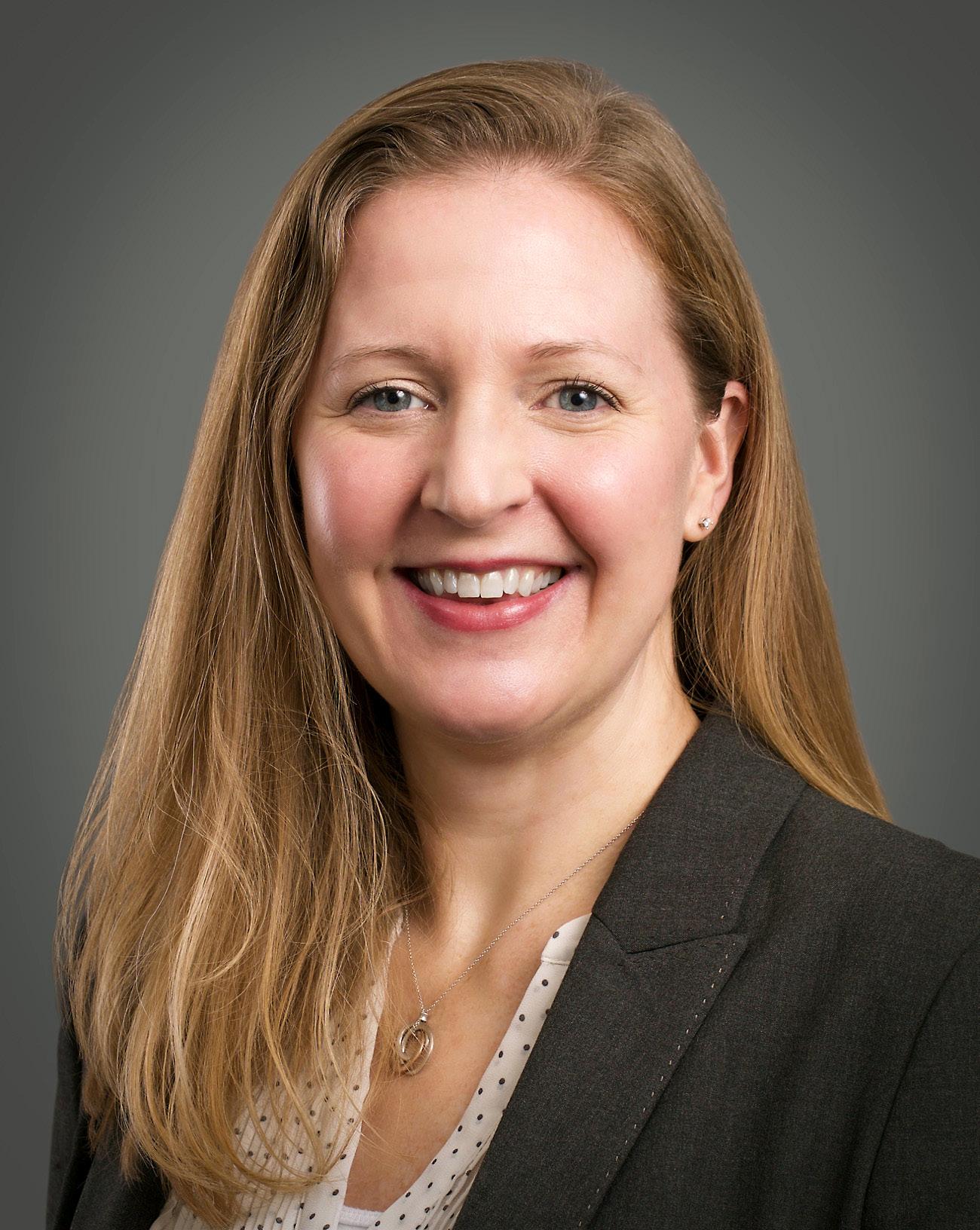
macro-sector work stream, and has addressed a prestigious group of corporate and nongovernmental organization leaders in Paris. She is also part of the CFO Leadership group, working alongside fellow global CFOs to make sense of the complex ESG ecosystem.
When it comes to Workiva’s own ESG responsibilities, Klindt helps track a course for consistent progress and excellence through her leadership of the company’s internal ESG Task Force. This task force supports the company’s executive management team in its oversight of long-term ESG strategies and goals, and follows a comprehensive approach to align the company’s business values, decisions, and ethics with the most cutting-edge ESG strategies.
While Workiva’s ESG solution is currently a small, but growing part of its business, Klindt states that the company believes it can be even bigger. “We think of this as a generational opportunity,” she says. “It has a lot of growth for us in the future.”
Part of that growth also comes from Workiva’s collaborative culture, which Klindt embodies as a leader. Collaboration of teams is critical. “If we are supporting the company and the company goals,” she explains, “then we ourselves grow in that framework—trusting our coworkers to make the right decisions and trusting that we can share our ideas and be heard.”
It’s essential to a team’s success to pull in different points of view and experiences.
“We’re holding ourselves accountable to the inclusion of other ideas,” she explains. “We have a really high integrity of how we operate, and doing the right thing every time, and doing the right thing for our coworkers, company, and customers to grow our product to support our efforts the best way possible.”
In doing so, Klindt and her team will continue enabling Workiva to push the boundaries to meet the demand for trust in the global economy.
Eric Workiva“We view our platform as a living, growing thing. . . . We always want to make it better, more secure, and more trustworthy.”
JILL KLINDT

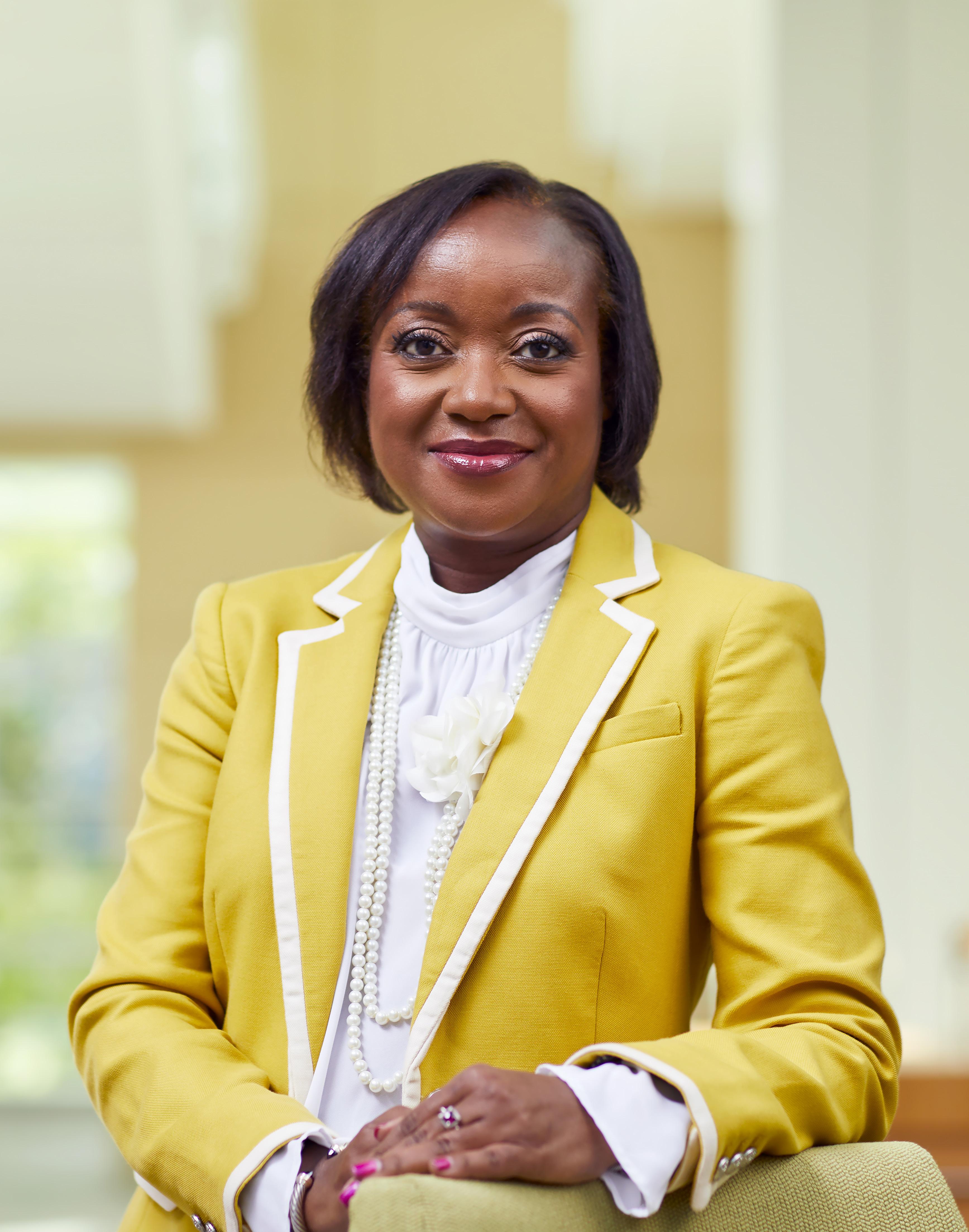
Wendy John has been at the helm of Fidelity Investments’ diversity and inclusion (D&I) strategy since 2020. As head of global diversity and inclusion and chief diversity officer (CDO), she’s helped crystallize and amplify the firm’s focus on creating an inclusive environment during a time in which issues of racial injustice, social unrest, and violence against communities due to their identity have demanded authentic visibility, transparency, and advocacy.
Her passion for inclusion comes from a sincere place. Born in Trinidad and Tobago, John grew up celebrating the many distinct cultures and people that call there home. “I grew up learning that our differences weren’t obstacles, but were, instead, things that could bring us together and make us stronger,” she says, adding that her “entire life feels like an ongoing study in D&I.”
As a child, she excelled at math, and it was at her all-girls high school that she encountered her first professional mentor, her math teacher, who steered her in the direction of actuarial science. “She was truly instrumental in encouraging me to pursue my passion, not because I was a young woman, but because I was skilled and capable,” John says.
Unfortunately, the highly specialized program she needed was not being offered at the girls’ school. So, John transferred to a large all-boys school, where she was one of fewer than ten girls. “Attending an all-boys school was a first of sorts for me,” John remembers. “It was the first time I was keenly aware that I was in the ‘minority.’ Still, I was committed to doing my best work, and learning all I could.”
John’s completion of that program resulted in a Descartes Fellowship to the University of Waterloo in Canada, where she majored in actuarial science, a pursuit which eventually brought her to Fidelity Investments.
“I have served in multiple roles during my twenty years at Fidelity, many of which gave me the opportunity to consider the
experiences we create for our associates, customers and communities we serve,” she says. “That reflection drives a very personal awareness of how intersectionality can impact your lived and perceived experiences. I’ve worked hard to create safe spaces for myself and others to share and honor those perspectives because I know how powerful that acknowledgment can be.”
Her formative experiences in the Caribbean and her more than thirty years living in North America have shaped her thoughtful approach. John ensures that Fidelity’s more than sixty thousand associates feel seen, heard, and valued for their unique contributions to the firm’s mission of strengthening and securing its clients’ financial well-being.
The CDO role was not something John actively pursued; she was content doing D&I work off the side of her desk. Earlier in her tenure, John had informally brought Black associates together to network and pursue professional development. She also participated in various women’s networking events. Both activities were the foundation for two of the company’s ten affinity groups.
“I knew the importance of being supported and the impact of my early mentors like my math teacher, so I continued to do the same for others,” she says. The opportunity to do that at scale was a key element of her decision to accept the CDO role weeks after George Floyd’s murder.
“Fidelity had two other D&I leaders before me, but I’m the first person of color,” John explains. “And though I appreciated the nuances of stepping into the role when I did, I know I was chosen for my proven business acumen, ability to lead and drive change, and my successful tenure at the firm.”
With her hiring, Fidelity elevated the D&I office to be a peer of human resources and other important corporate functions. The move emphasized the accountability all associates share in creating a more diverse and inclusive workplace environment.
John embarked on a listening tour, meeting both internally with key stakeholders, including leadership of the affinity groups, senior business leaders, and other associates as well as externally with clients, prospects, regulators, industry organizations, and peer CDOs. She did this with a clear intent of understanding the landscape in order to identify clear priorities and establish a revamped strategy and action plan.
John has already made several significant moves. She quickly established a senior D&I advisory council comprising leaders from across Fidelity’s regions and business units, who provide a listening post and advisory arm for the firm’s efforts. She also adapted the D&I office into a program management office (PMO) structure designed to scale. She expanded the team’s data analytics capabilities, as well. John describes her
“Driving sustainable change in this space— like any undertaking of significance— requires time, a listening and learning posture, persistence, humility, and an ongoing commitment to change.”
WENDY JOHN
team’s work as aspirational, measured and consistent—not performative.
“We are building with the future in mind; one where everyone is respected and valued,” she says. “This is all of our work, not just that of one group.”
Within the first six months of John’s leadership, Fidelity issued its first D&I report , outlining the firm’s commitments. Together with creating a robust strategy and action plan, a new inclusive hiring hub, and various training modules, Fidelity onboarded more than sixteen thousand new employees in 2021, increasing both gender and ethnic diversity.

And those affinity groups that John helped establish? They now boast almost twenty-eight thousand members and a 45 percent global participation rate, with engagement in professional development programs, community volunteering, leadership, and mentoring activities.
Despite the progress she’s made in partnership with many of her enterprise colleagues, John is unequivocally clear: there’s more to do. “Driving sustainable change in this space—like any undertaking of significance—requires time, a listening and learning posture, persistence, humility, and an ongoing commitment to change.” Fidelity knows that making progress in D&I will positively impact its ability to ensure that the goal of financial well-being becomes a reality for its increasingly diverse customers.
“I grew up learning that our differences weren’t obstacles, but were, instead, things that could bring us together and make us stronger.”
WENDY JOHN
How an all-star front office staff contributes to on-field success for 2021 World Champion Atlanta Braves
 By ZACHARY BROWN
By ZACHARY BROWN
The Atlanta Braves cruised through the fall of 2021.
A regular season record of eighty-eight wins and seventy-three losses was good enough to take the team to the top of the National League East and into a head-to-head divisional series matchup against the Milwaukee Brewers. The Braves won three games to one.
In the next round, the Braves beat the 106-win Dodgers 4 games to 2, and also just needed 6 games to defeat the Houston Astros on its way to its fourth World Series Championship.
During the 2021 season, three Braves players hit 30 or more home runs: Ozzie Albies stole 20 bases, ace Charlie Morton logged 14 wins and 216 strikeouts, and Will Smith tallied 37 saves. Adam Duvall managed 45 runs batted in (RBI) in 55 games after joining the team via trade on July 30. On the field, an all-star caliber lineup fueled the franchise to victory. A high-performing front office team contributed outside the lines.
That team includes President and CEO Derek Schiller, General Manager Alex Anthopoulos, Chief Legal Officer Greg Heller, and CFO Jill Robinson. While scouts, coaches, and managers develop players and drive
baseball outcomes, members of the executive leadership team handle long-term business development strategies, build and manage revenue streams, improve operations, foster strong community relationships, and engage a devoted fan base.
Prior to stepping in to manage the Braves accounting, finance, and IT teams that total about forty-five people, Robinson spent sixteen years with McKesson Corporation, where she ultimately led financial operations for a $3 billion technology segment. The Naperville native studied accounting at the University of Illinois at Urbana-Champaign and later earned her CPA license.

Top-level, veteran financial executives and other key leaders bring tangible and intangible results that can translate to roster moves and in-game success. Chairman Terry McGuirk praised Robinson’s expertise upon her arrival in 2018.
“Her experience raises our financial planning and reporting capabilities to match the expansion of our business successes. She will bring a wealth of knowledge to our baseball operations and real estate ventures, as well as the intricacies of functioning as a public company,” he told the Atlanta Business Chronicle . Robinson not only manages financial operations for the team but also handles the Braves’ activities related to the Battery Atlanta, a mixed-use development near the team’s stadium.
Under Robinson’s leadership, accounting, finance, and IT helped the Braves navigate the early days of COVID-19 as the pandemic shut down professional sports leagues. MLB cut the 2020 season short before opening without fans in attendance. Lower revenue streams led to creative cost restructuring and head count eliminations, but Atlanta offered its partners alternative solutions, renegotiated key contracts, and retained 54 percent of its sponsorship revenue.
Accounting and finance are sophisticated at the Braves, which is owned by Liberty Media—making it one of the few sports teams listed on the Nasdaq (BATRA). Liberty purchased the team, now valued by Forbes at $2.1 billion, for $400 million in 2007. It has a team payroll of $175 million and ranks as MLB’s tenth most valuable organization (The New York Yankees hold the top spot at $6 billion).
Days after the Braves’ decisive game six victory in 2021, fans lined the streets of Atlanta to catch a glimpse of the golden World Series Trophy as the championship parade wove its way downtown. The team
dedicated the win to the memory of home run king and franchise hero Hank Aaron.
In the proceeding and following days, staffers inside the team’s Truist park were celebrating their own achievements. The Braves earned $6 million per game in revenue and ended 2021 with $104 million in profit.
Established: 1871
Hometowns: 3 (Boston, Milwaukee & Atlanta)
World Series Titles: 4 (1914, 1957, 1995, 2021)
Division Titles: 14 consecutive titles between 1991 and 2005
Mascot: Blooper
Notable Players: Andruw Jones, Phil Niekro, Greg Maddux, John Smoltz, Chipper Jones, Tom Glavine, Hank Aaron, Warren Spahn
ArtsNOW is the leading PreK–12 professional learning organization providing innovative and customized educational solutions with an emphasis on arts integration. An Atlanta-based nonprofit organization, ArtsNOW is reshaping education by integrating visual, digital, and performing arts into all subjects to equip educators and engage students for greater academic and personal achievement. We celebrate our relationship with, and appreciation for, Jill Robinson and the entire Atlanta Braves team!
Visit artslearning.org/who-we-are to learn about the ways we use the arts to change learning—and change lives.



ArtsNOW is leading the way in integrated learning solutions. Our teachers are reshaping education for more powerful student engagement.
We inspire greater academic and personal achievement, leading to positive community impact.
We’re not just teachingwe bring learning to life!
We celebrate our relationship with, and appreciation for, Jill Robinson and the entire Atlanta Braves team!
In 2021, employees began leaving their companies in record numbers to redefine their work/life balance. To counter the Great Resignation, seven HR executives are building company cultures that attract top talent and encourage them to stay.
Auriel Rawlings is used to working globally. In her previous role as FedEx’s diversity, equity, and inclusion (DEI) advisor, her purview included 103 countries and territories and 40,000 team members for the Asia Pacific, Middle East, and Africa regions. Rawlings is now the regional human resources manager for Northern Africa and the Middle East because of her dedication and passion for helping make employee voices heard—no matter the location or role.
There’s little wonder as to why Rawlings was promoted yet again at FedEx, her third role since 2020. The advisor earned the 2021 “Women
Worth Watching” award, completed Yale School of Management’s Fostering Diversity and Inclusion executive education program, and earned the DEI in the Workplace certificate from the University of South Florida Muma College of Business.
Since joining FedEx in 2020, Rawlings has developed regional company-wide diversity and inclusion initiatives, and now is taking on employee relations, recruitment, and policy and procedures.
Rawlings spoke with Profile about the importance of culture initiatives, including DEI, at FedEx and how that focus is continuing to help the organization differentiate itself as a preferred employer during the Great Resignation.
As the leader explains, the terrain has shifted, and employers need to be ready to approach talent recruiting and retention as a “two-way street.”
What has the Great Resignation looked like from your perspective? Has it impacted FedEx’s space as much as healthcare and tech companies?
Self-awareness is at an all-time high. People want more out of their lives, in addition to their dayto-day jobs. The time at home during COVID-19 allowed them to focus on family, hobbies, and new business ventures. Positive mental health and well-being satisfy a deep need for more
meaningful connections, and the trend to prioritize personal lives over a job, translates to an all-time low tolerance for toxic workplaces. Working from home gave individuals the freedom to ditch the morning commute, to wear comfortable clothes, and people are embracing this and no longer restricting their identities for a workplace.
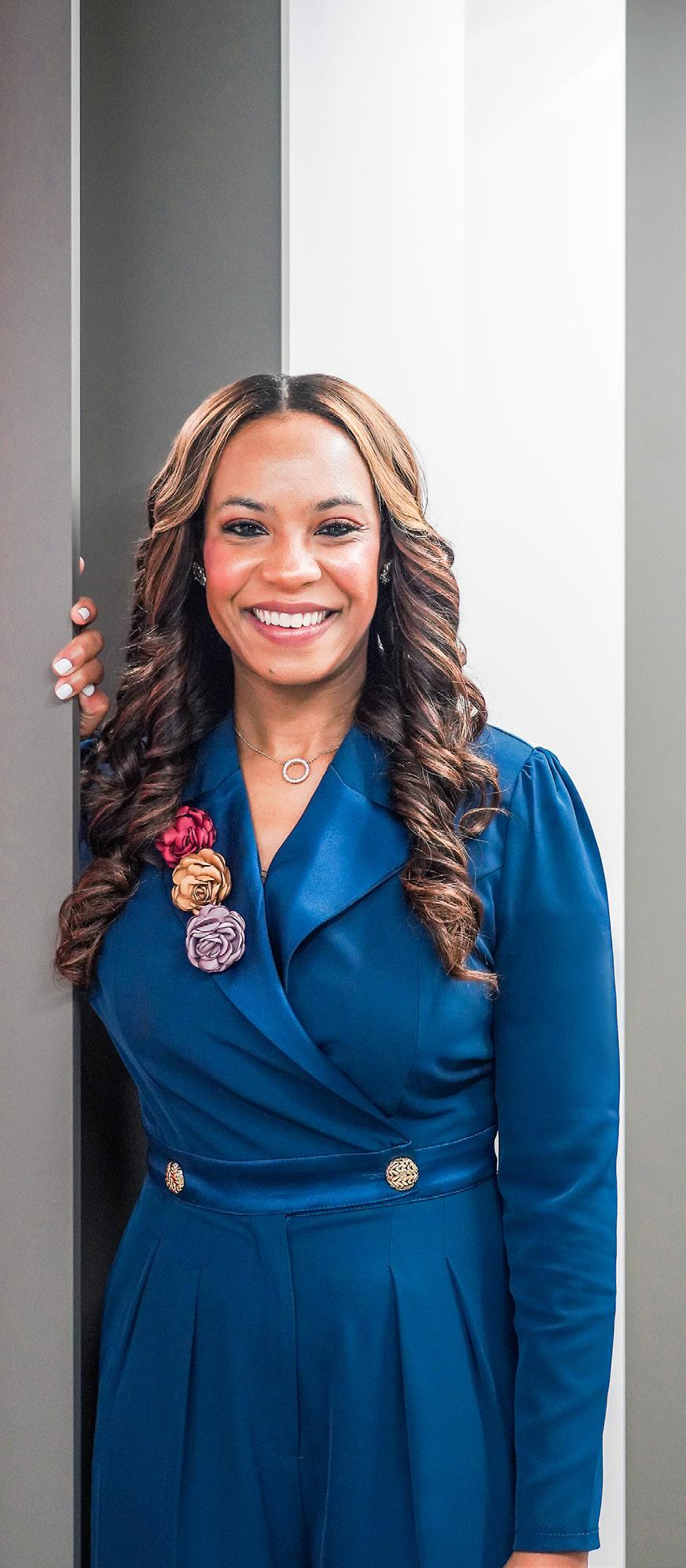
We recognize that our success depends on the talent, dedication, and well-being of our people. As we grow, we strive to recruit, retain, develop, and provide advancement opportunities for our team members. We experienced headwinds due to labor shortages, however we viewed this challenge as an opportunity. Competitive pay, benefits, flexible schedules, hybrid work models, and other perks allowed us to gain considerable traction on the labor front.

The FedEx commitment to innovation and quality is fueled by our inclusive culture, where team members feel safe to bring all of who they are to work. We have dedicated employee teams as part of our diversity pillars at FedEx, who work to consistently foster open and respectful workplaces through awareness initiatives, resource sharing, engagement activities, and outreach to team members.
We are committed to a workplace where everyone is treated fairly and has equal opportunity to succeed. FedEx was founded
on a people-first philosophy, and respect is a foundation of our workplace culture and business practices. Our diverse workforce, supplier base, and supporting culture enable us to best serve our customers and compete in the global marketplace.
Could you speak to the power of culture as it relates to the mass exodus of employees over the last few years?
Companies create experiences which influence the culture and business performance. Studies show that people with positive employee experiences are eight times more likely to stay at a company than those with negative experiences. Culture is what makes people stay or leave.
Culture is the way a company operates. It is the lifeline of its bottom line and has a domino effect from hiring to business performance. If employees aren’t passionate about the company’s vision, they won’t be enthusiastic about executing the plan. This can lead to a toxic workplace and negative customer experience.
Culture also is the attitude and behavior of the organization’s leadership and employees every day; how they respond in critical situations and to various challenges, and how they treat each other, their customers, and business partners.
Compared to the rest of the world, the Middle East hasn’t seen the same trend in mass resignations, thanks to the significant number of candidates in the market. For example, a hiring manager may receive hundreds, and in some
“Today, everything is a two-way street. Just as companies ask candidates why we should hire them, we have to be open to show why they should work for us.”
Auriel Rawlings
cases thousands, of applications. While a highly competitive market, there is a strong focus on employee retention, as it can be costly and time consuming to replace a departing staff member.
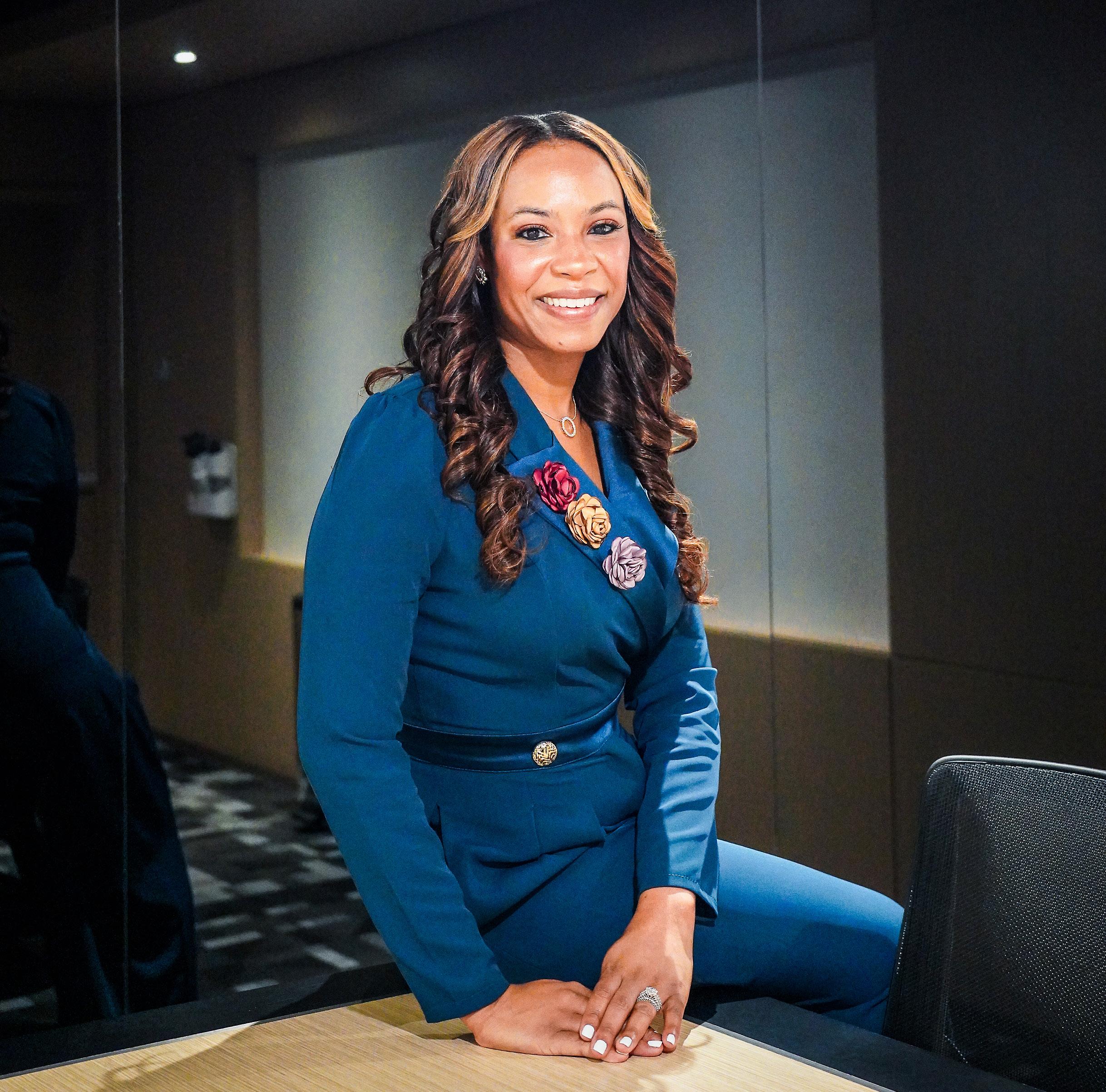
How can leaders better prioritize recruiting and retention beyond just responding to the Great Resignation in the short term?
Leaders have an opportunity to attract and select candidates who not only offer the skills required for the role, but also match and will work well within—and support—the organization’s culture.
A strong commitment to DEI is an important aspect of a company’s approach to recruitment and retention. Candidates with nontraditional backgrounds, with career breaks, or who address gaps within the current workforce will diversify your team, helping to bring a range of ideas and opportunities to your planning, discussions, and activities. Central to this success, however, is that any strategy on DEI must be more than talk—having a concrete plan in place and showing the actions and results in these areas to your team.
Finally, leaders must create opportunities for growth within the organization, identifying employees ready for promotion and creating a pipeline of future leaders and creating programs that give employees the opportunity to develop their skills and network across the organization. I developed a program like this within FedEx and have used the experience to promote and create opportunities for others.
Is there any other kind of evolution you think needs to occur to adapt to this moment?
Today, everything is a two-way street. Just as companies ask candidates why we should hire them, we have to be open and show why they should work for us. Beyond the job role and salary or benefits package, having a clear and compelling reason for a candidate to be excited about joining the company can be supported by the organization’s culture values, beliefs, and ethics.
I believe that companies must embrace the future of work, which sparks passion and enthusiasm in employees to be productive and deliver results each day.
“Any strategy on DEI must be more than talk—having a concrete plan in place and showing the actions and results in these areas to your team.”
Auriel Rawlings
Auriel Rawlings
Regional HR Manager, Middle East & Northern Africa FedEx Express
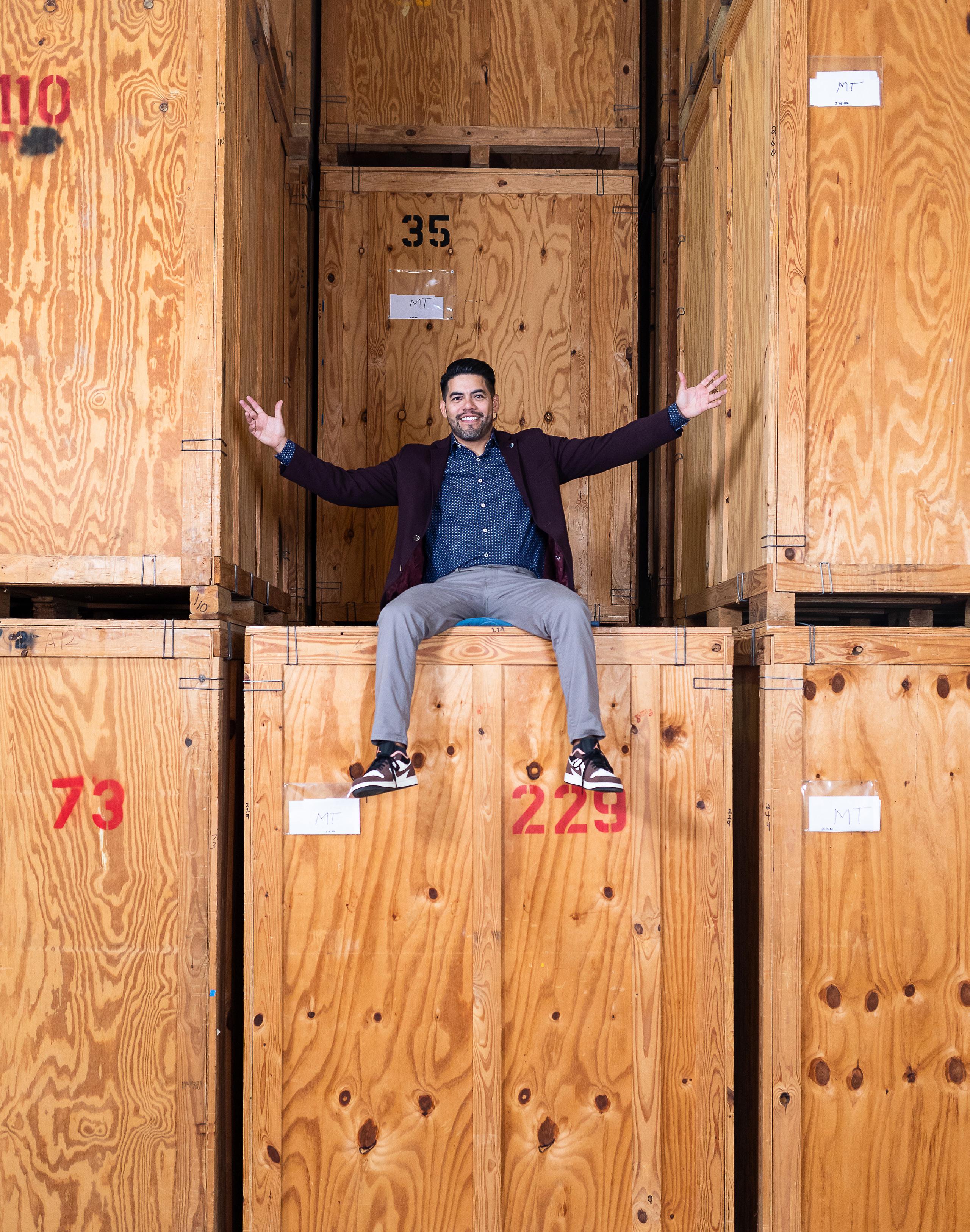 By Billy Yost
Photos by Sheila Barabad Sarmiento
By Billy Yost
Photos by Sheila Barabad Sarmiento
When making the decision to come to Corporate Relocation International (CRI), Carlos Huereca found himself on the other side of a conversation he’d had with his parents when he was thirteen years old. Accepting the job required a move to Dallas, and Huereca gave his eldest son (who was also thirteen at the time) a similar explanation to the one he’d received at the same age.
“It was an odd feeling, having that same conversation that my parents had with me when I was his age,” Huereca remembers. “But I think he understood the opportunity for the entire family, just as I did when we made the move from Ciudad Juárez, Mexico, to El Paso, Texas.”
After twenty years of experience learning businesses from the inside out in service, sales, finance, and eventually human resources, Huereca accepted an offer to join CRI in 2021 as a key member of the C-suite, overseeing and
leading both HR and operations. It represented a chance to tackle some of the most pressing issues in the current job market, including recruiting, retention, and putting what can often seem like buzzwords into action.
The CHRO built out an incredible variety of skills over the past two decades with just two organizations: ADP and Dish Network. In those two companies, he held eleven different roles; his promotions speak to a commitment to development, an inherent curiosity, and a commitment to finding new ways of enabling those around him.
Huereca says that commitment is deeprooted. Growing up in Juárez, the future HR leader watched his parents transform a furniture business that started in their home into a successful organization with multiple stores, a warehouse, and delivery trucks.
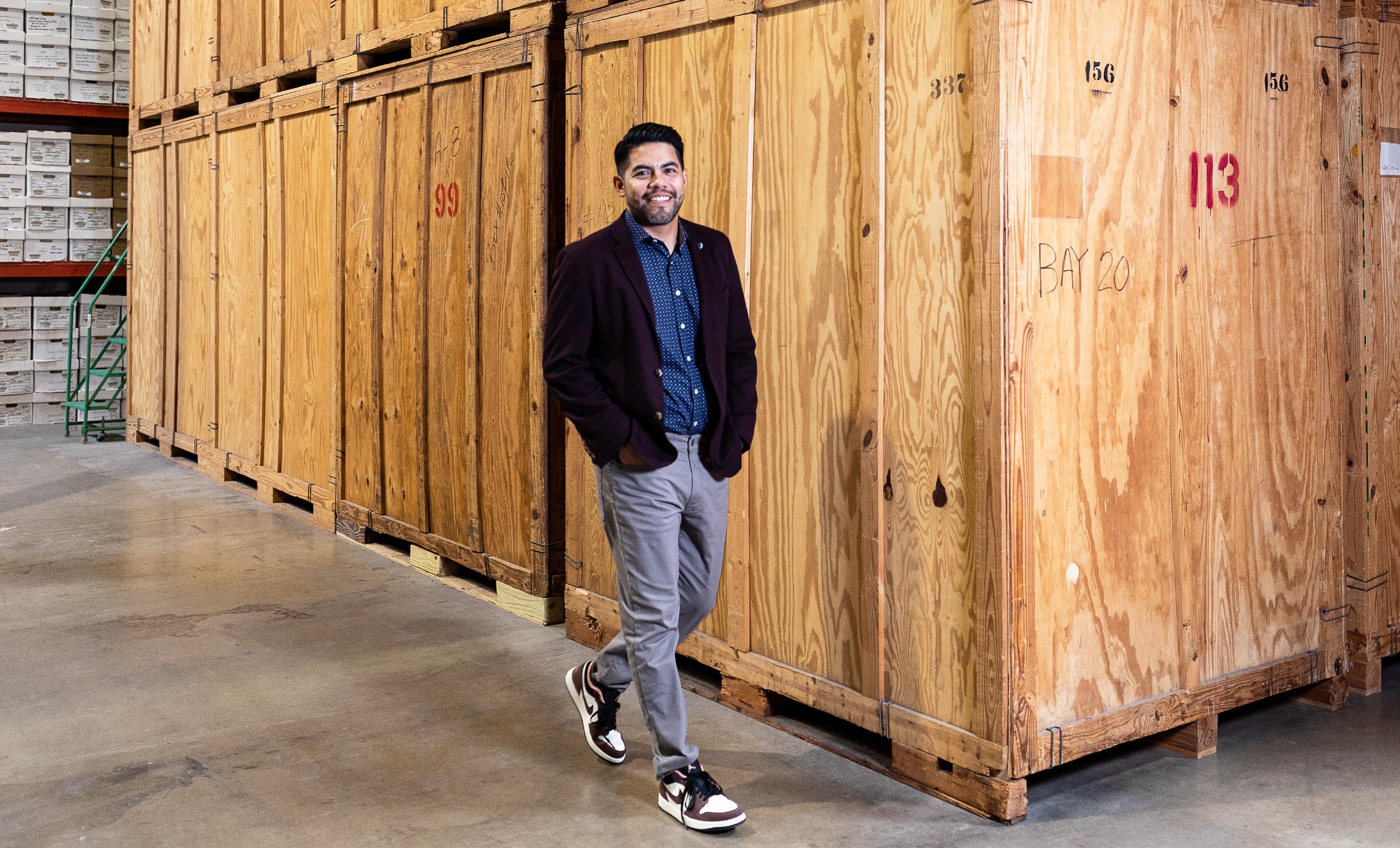
“I was born into a family of small business owners,” Huereca says. “I had a great opportunity to see great leadership in action. It wasn’t just the business; it was how they treated
people and dealt with difficult situations. It made me very passionate about leadership and helping people.”
In Huereca’s own professional journey, he’s enhanced his own skill set through not just experience but also education. The CHRO continually has invested in his own education, including an MBA and the extensive SHRM-CP certification. Huereca also invested heavily in the development of his team, encouraging them to seek out as many different educational and professional experiences as possible.
“The more you are able to expand your expertise and knowledge through professional certifications, the more value you’ll be able to provide, not only internally to the business, but also to the clients you’re supporting,” he explains. “From my experience, it helps set yourself apart and really aid all parts of your role.”
In coming to CRI, Huereca immediately put his enhanced skills to use. The privately held company recently had undergone a series of acquisitions to widen its footprint,
Founded in 1987, Corporate Relocation International (CRI) provides full-service relocation and global assignment management services and has recently become one of the fastest-growing companies and disruptors in the industry. Part of the cover photoshoot took place in CRI’s warehouse at its Carrollton, Texas, headquarters. Custom crating, pictured here, is just a small part of CRI’s employee relocation services.enhance its capabilities, and strengthen the successful organization.
The move also presented Huereca with a dual challenge: learning every part of the business, while also working to understand the recently acquired companies and how those company cultures could be integrated into one larger, unified organization.
From the CHRO perspective, it was incredibly important for Huereca to create processes and structure around the integration of those new businesses. “You have to create that consistency across the whole organization, but that’s not an easy task,” he explains. “How do we integrate these organizations with the least amount of friction as possible, while still maintaining the same value and solutions to our clients during the process? It’s never easy, but it’s been a great success.”
More broadly, he says a focus on culture is key, and not just as a buzzword. Building culture, as Huereca sees it, is about creating purpose and meaning for every employee. Mission statements
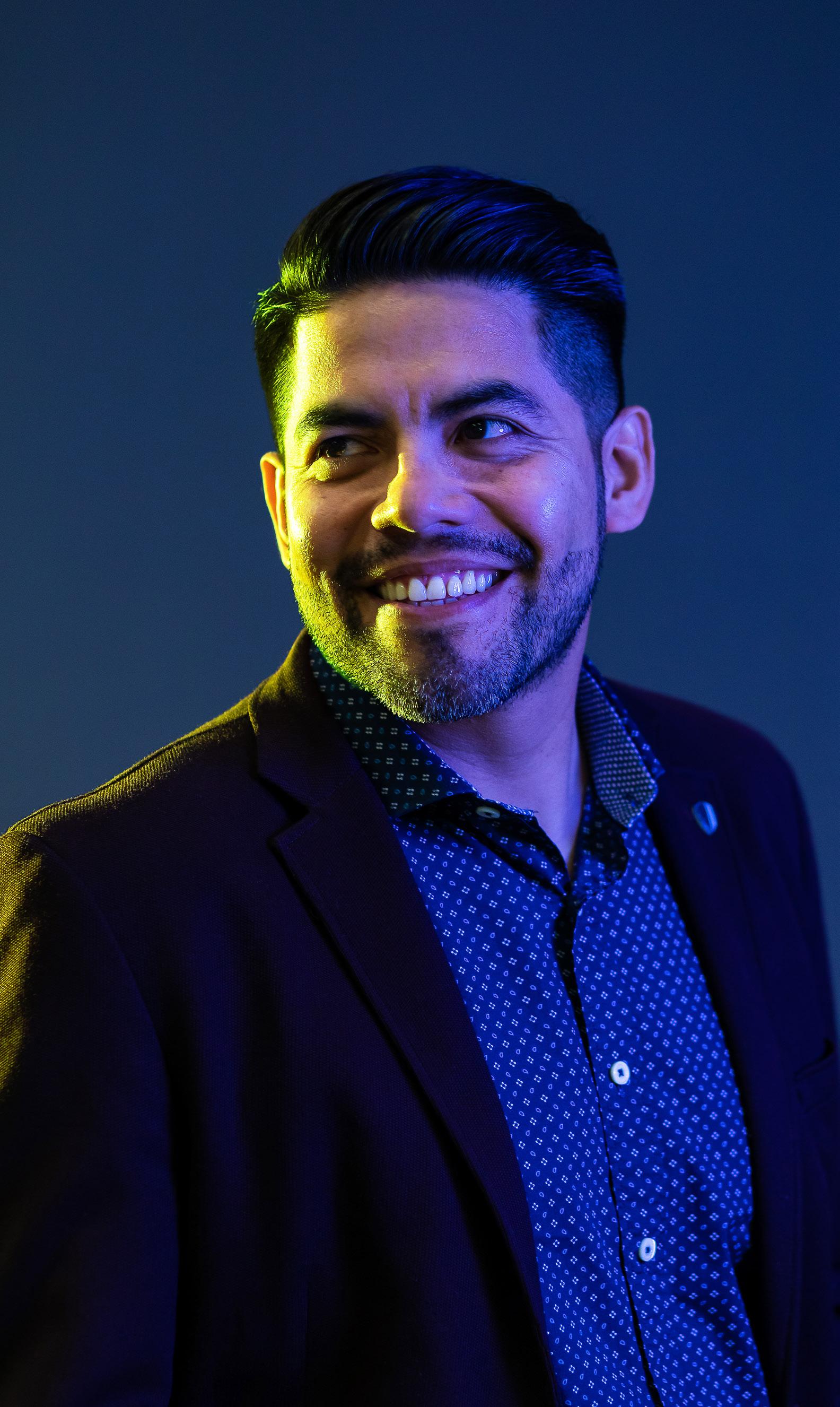
“Unless you’re focused on the people and creating an environment where they can operate at their best, it’s just not going to be sustainable.”
Carlos Huereca
A long and successful HR track record comes with some advice for those hoping to grow their own HR careers. Carlos Huereca says they need to be OK with getting uncomfortable.
“You will be a better HR professional if you learn to look at the business outside of that one lens,” Huereca explains. “Whether it’s finance, sales, or something else, learning about your business will help you bring value to your organization and understand where people are coming from. It’s easy to stay in your lane, but the best in HR understand they need to be able to approach a challenge from many different vantage points.”
are great, but if you aren’t creating clarity about what that statement actually means and questioning how to achieve it, it’s just platitudes.
“The word ‘engagement’ is used a lot, but again, it’s about putting this into action,” the CHRO says. “You have to create opportunities for people to demonstrate their value and understand how they are contributing to an organization’s mission. And you have to look at that work from the associate’s perspective.
“If you take the time to truly listen to people about their desires and what matters to them,” he continues, “you can create projects and initiatives that really align with their strengths and values within the company. But you have got to take that time.”
It’s one thing to take the time to listen, he notes, but it’s another to create the space where people feel comfortable and confident in you as a leader to speak up. Culture is built on relationships.
Huereca says the pandemic provided the HR field the opportunity to truly demonstrate
its value in not just culture-building, but also supporting the entire organization. If HR wasn’t at the decision table pre-2020, it certainly is now. Any forward-thinking business made that spot available as they’ve moved through the new uncertainties of remote work, an incredibly competitive job market, and the support of the multitude of stakeholders that help make a business thrive.
CRI does just that, with Huereca at the helm leading both HR and operations. The CHRO’s leadership approach of building trust not only brought him to where he is today but also informs all decisions moving forward.
“Whatever actions you take or projects you’re leading as a professional, unless you’re focused on the people and creating an environment where they can operate at their best, it’s just not going to be sustainable,” Huereca says. “To every HR leader out there, don’t lose sight of that. You can drive results while also doing what’s best for your people.”.
When it comes to issues of retention, recruiting, and culture, Carlos Huereca believes the increasing importance of flexibility in the workplace will be a key indicator of how well a business can handle difficult times.
“As we move out of the pandemic, I think the organizations that are able to provide flexibility to their people are the ones that will really be able to weather the storm,” he says. “Flexibility helps any business not only address the concerns of people within your organization, but in facing those external challenges that seem to always be ahead of us.”
“It wasn’t just the business; it was how [my family] treated people and dealt with difficult situations. It made me very passionate about leadership and helping people.”
Carlos Huereca
Leadership runs deep in the DNA of Walt Rodgers. His mother served as a prominent member of South Carolina’s House of Representatives, and his father worked as a colonel for the United States Department of the Army. Those jobs took the family around the world, and the values Rodgers picked up along the way became the foundation for his life and career.
“I learned to be adaptable and connect with people,” he says. Today, Rodgers continues his family legacy of servant leadership as a business and HR veteran as RelaDyne’s chief human resources officer.
Shortly after graduating from Wake Forest University with a bachelor’s degree in business, Rodgers started working at Ferguson
Enterprises, a Virginia-based, value-added distributor across residential, nonresidential, new construction and repair, maintenance, and improvement (RMI) end markets. Ferguson was on a tremendous growth trajectory; Rodgers worked in sales and operations to help the company double in size roughly every five years.
Ferguson’s management training program started an important development progression for him. He managed locations, then regions, and ultimately, an entire business group. Rodgers, like his parents before him, was a natural leader. “My responsibilities grew when I had an opportunity to guide careers and anchor that with great customer service,” he explains.
Rodgers stayed at Ferguson for nearly twenty-eight years and spent twenty-five of those years working alongside friend and colleague Larry Stoddard. The teams and business
units they led helped bring in billions of dollars as they learned to build what Rodgers calls a “high-speed, low-drag” organization dedicated to its customers for the benefit of associates and shareholders.
In 2010, Stoddard became president and CEO of RelaDyne, an established leader in lubricant sales, distribution, and equipment reliability services. One of his first calls was to several old friends from Ferguson. But Stoddard didn’t want Rodgers to head up a business unit—he wanted him to build and lead a robust human resources function.
Although an operations leader, Rodgers also helped develop internal talent, introduce training curricula, and create a leadership pipeline for Ferguson’s parent company. Stoddard knew Rodgers could execute his vision to make RelaDyne an employer of choice and
Walt Rodgers draws on his leadership experience to take RelaDyne’s people strategy to the next level

attract the right talent to gain market share and make an impact.
Under his leadership, recruiters identify and onboard talented, motivated people with an entrepreneurial spirit. That’s because RelaDyne is about more than its products—leaders are creating a customer-centric business anchored by safety and provides solutions, services, and value. RelaDyne focuses on innovation. “Our associates make us different,” Rodgers says, adding that those associates and the company’s capabilities will differentiate it from its competitors.
In some ways, Rodgers and Stoddard are replicating the playbook they learned, practiced, and perfected at Ferguson. “We were trained by the best, and we knew we had the opportunity to replicate the culture of excellence and a desire for continuous improvement,” Rodgers says.
That culture and mindset guides everything. RelaDyne has gone from two hundred employees to two thousand. The company uses the best technology to build a large fleet of trucks. Still, Rodgers knows it is the people— not the computers or the vehicles—that power RelaDyne.

Some of the company’s growth has been organic, while some has come through a calculated series of strategic acquisitions. In 2019, RelaDyne purchased CIRCOR International’s

services division, including its six brands, making it a significant global player. Other key moves on the traditional side—including the acquisitions of Cardwell Distributing, Western Marketing, PPC Lubricants, and New West Oil— have opened new regional markets. The deals also bring new talent and new leaders into the RelaDyne ecosystem.
RelaDyne hosts a town hall after each merger so new associates can learn about the company’s culture, customs, and opportunities. “We stand in front of new associates and tell them they’re in a special place,” Rodgers says. “I want them to know we’re going to take care of them, invest in their future, and give them the tools they need to succeed and build a rewarding career.” RelaDyne offers competitive salaries and robust, comprehensive benefits packages that include free medical insurance plan options, no-cost life insurance, health savings accounts, retirement plans with an employer match, and more.
In March 2022, RelaDyne unveiled My.RelaDyne.com, the company’s new and enhanced portal designed to make online ordering and account management easier than ever before. With the right teams, tools, and equipment in place, Stoddard, Rodgers, and their colleagues are pursuing a new goal—they want to see RelaDyne continue to bring innovation and opportunity to its associates, customers, and key stakeholders.
Since 1948, HORAN has created plans to control health care costs, protect your wealth and insure your life. But the end game at HORAN is more than a set of plans. We believe good health and true wealth create a better quality of life for our clients and their families.
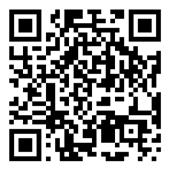
“I want [new employees] to know we’re going to take care of them, invest in their future, and give them the tools and resources they need to succeed and build a rewarding career.”
Walt Rodgers
Scan
Michelle Loo understands the value of taking learning into your own hands.
“You have to be brave enough to aid your own learning,” Loo says. “If you don’t understand something, ask questions. Early in my career, I did not have the courage to do that, and I think that’s common for people starting out.”
But Loo also recognizes the ways in which identity can factor into workplace development. “As a female and as a minority, it’s an added challenge to put myself out there and ask,” she notes. “Personally, that has taken me years to find the confidence to do.”
Today, Loo strives to empower others to discover their own confidence. Her years of experience across the human resources (HR) field, particularly in the benefits space, led her to GitHub, a software development platform home to more than 83 million developers worldwide. As the company’s director of global benefits, Loo is doing what she does best: putting cutting-edge programs into practice, while keeping an eye on the industry’s emerging HR and employee trends.
Loo’s journey into benefits began in college, when she realized the relevance of her planning and organization skills to HR. Building on her natural inclination, she started to ground herself in the basics of the field. She entered the technology sector as a recruiting coordinator at Google, but soon felt ready for a broader challenge.
Loo made the jump to vacation rental start-up Airbnb in 2011. Over the next seven years, she grew with the company, from HR coordinator to benefits manager for the Americas. “As I progressed at Airbnb, I started gravitating toward the benefits space,” she says. “Since Airbnb did not have any parental leave policies or a leave administrator in place, for example, I got a chance to build things from the ground up and see how all of the pieces come together to create the foundation of a company benefits program.”
Loo’s growth during those seven years also involved following her own advice and taking the initiative to learn. “I pursued my master’s in HR. while working at Airbnb when it was a start-up,” she says. “That meant class every Saturday for an entire year, on top of my full-time role—and full-time roles at start-ups are more than forty hours a week.”
“A start-up is a blank slate. There’s an opportunity to create programs from scratch that reflect the company’s stage, culture, and goals.”
Michelle Loo
Between her education and Airbnb responsibilities, Loo acquired an indisputable expertise in benefits. She came to appreciate the upsides of working on a small, communicative HR team at a disruptive company, and she learned to align her benefits programs with not only an organization’s evolving financial position but also the unique expectations of its employees.
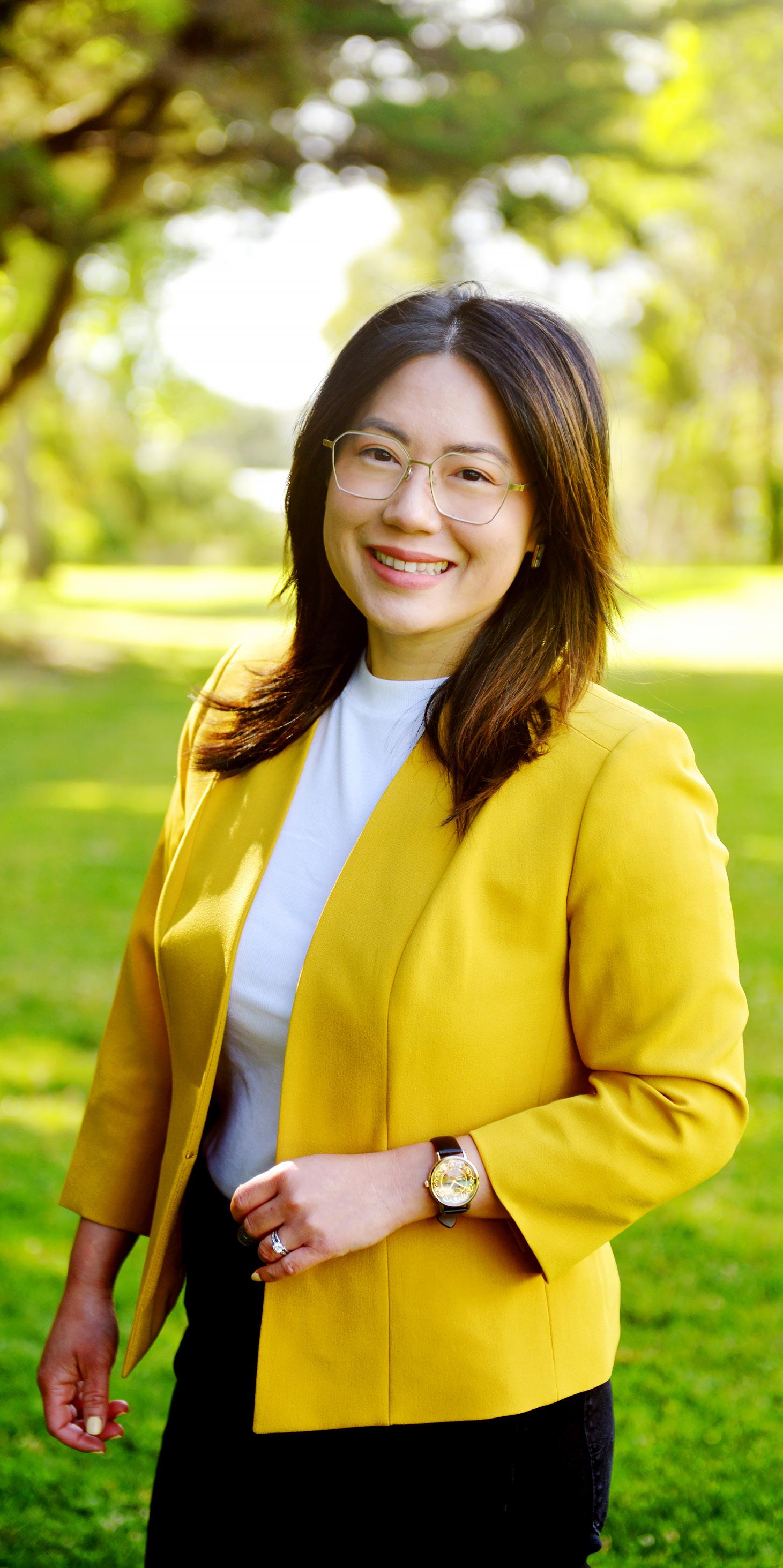
“A start-up is a blank slate,” Loo explains. “There’s an opportunity to create programs from scratch that reflect the company’s stage, culture, and goals. But with that, one of the challenges is prioritization because you can’t go from zero to one hundred with your programs. You need to prioritize what’s most important to the company at that point in time, build out a benefits strategy that reflects those priorities, and then figure out how and if the programs can scale.”
Loo has sought out similar opportunities and challenges ever since, first at cryptocurrency company Coinbase and now at GitHub, where she has adjusted her approach to fit the company’s highly dispersed workforce. Critical to executing that approach is her team, and she makes a concerted effort to get to know her team members as people, not just employees.
“What’s most important to me is that my team feels acknowledged and trusted,” she says. “Letting them know that they are appreciated is so important because within HR, there’s a lot of work happening behind the scenes that is often not seen externally.”
Loo encourages her team to ask questions and leverage their resources—advice she would offer to anyone aspiring to lead in the benefits space. She herself networks with fellow
HR professionals and engages with industry organizations as part of her efforts to stay abreast of where the field is headed, especially in the wake of COVID-19 and the Great Resignation.
“People have realized that there are more ways of working than being physically present in an office space,” Loo says. “Companies have to decide where they stand on the working environment, and then figure out how their programs and benefits can support that.”
For instance, Loo witnessed a shift away from onsite employee perks toward more flexible benefit models designed with equity in mind. She sees such flexibility, along with an attentiveness to diversity and belonging, as an advantage for employers looking to attract and retain talent.
“People are expecting their leaders to take a stance, and with that comes the company’s actions. How diverse are our benefit programs? How do they support people who might want to relocate to a state that allows them freedom over their reproductive health?” she asks. “There’s a
big focus on this conversation when people are looking to a new employer.”
Another key element of the conversation is mental health. “Companies are enhancing mental health benefits and focusing on partnering with managers and leaders to promote them,” Loo says. “At GitHub last year, we implemented Modern Health, a global mental well-being platform providing coaching, therapy, live community sessions, and digital programs to employees in all sixteen countries we operate in.”
Jack Larkin appreciates the unique approach and expertise Loo brings to her role. “As part of Michelle’s team at Airbnb and GitHub, we’ve seen her show immense care for the well-being of her employees,” says Larkin, president and CEO of the Larkin Company, the leave and benefits management provider for GitHub. “We’ve been proud to help bring that to life for her team.”
As the HR landscape continues to change, Loo will evolve right alongside it—with the full weight of her self-confidence behind her.
“What’s most important to me is that my team feels acknowledged and trusted. Letting them know that they are appreciated is so important because within HR, there’s a lot of work happening behind the scenes that is often not seen externally.”
Michelle Loo
It was a question that stayed with Elizabeth Norberg for a long time.
After sixteen years at Starwood Hotels and Resorts, she was a seasoned HR veteran. Norberg was leading company-wide initiatives and reporting to top executives at the well-known business with 180,000 employees and 1,300 properties across 100 countries.
She eventually left hospitality for healthcare and in the midst of a difficult and stressful situation, a senior clinical leader was the one who delivered the query: “I save lives for a living, and what do you do?”
“Leaders sometimes fall into a trap of thinking that people can be secondary, but people impact everything, and I value helping people reach their full potential.”
Elizabeth Norberg
Norberg left the conversation determined to find greater clarity about how her actions as an HR leader impact people, businesses, shareholders, and communities.
The search for an answer to the physician’s question propelled Norberg, who had worked in five industries at that point, to step into retail by joining Foot Locker Inc. in late 2018. As executive vice president and global chief human resources officer, Norberg leads all aspects of an important people and corporate communications strategy with the goal to build the organization of the future and unite communities of talent as the iconic sportswear and footwear retailer invests in technology to engage its customers in new ways.
Foot Locker traces its roots back to Woolworth’s and Kinney Shoes. The first Foot Locker store opened in 1974, and the name of the public company was changed to Foot Locker Inc. in 2001. The company has locations in twenty-eight countries and annual revenue of approximately $9 billion. The organization has about 50,000 employees and approximately 2,800 stores worldwide.
Leading all aspects of human resources and corporate communications is a big job, but Norberg is up to the task. Growing up as part of an immigrant family with modest means in smalltown Colorado gave her a strong work ethic. “I was raised to appreciate what we can all do to positively contribute, and that work ethic is still with me today,” she explains.
Norberg didn’t always plan to pursue a career in human resources. Although she studied business management, a fanatical obsession with world travel sparked in her an unending curiosity about people. Norberg, who calls herself a “well-traveled nomad,” doesn’t only take posh guided tours or sit on white sand beaches. She packs a backpack and heads for the secret spots only locals know.
The immersive approach helped Norberg experience the true beauty of more than forty countries and all but two of the US states. Seeing places like China, Namibia, Indonesia, Cambodia, Hong Kong, Thailand, France, Spain, Italy, the Netherlands, Belgium, Germany, Argentina, Chile, England, Columbia, Mexico, Canada,
Austria, Greece, Croatia, and Austria deepened her interest in culture, her appreciation for diversity, and her passion for people.
“Leaders sometimes fall into a trap of thinking that people can be secondary, but people impact everything, and I value helping people reach their full potential,” she explains.
That’s exactly what she’s doing at Foot Locker—and at a particularly important time in company history. The business is in the process of transforming its assortment as it works to diversify and broaden its selection, while its biggest vendor Nike, which represented approximately 70 percent of sales in 2021, continues its push into direct-to-consumer.
With more changes on the horizon, Foot Locker has no choice but to diversify, innovate, and digitize—and Norberg’s people strategies are leading the way.
Foot Locker spent decades building a solid foundation, and Norberg is quick to point out that none of her plans move the company away
from its core culture. “People like to use the word ‘transformation,’ but we aren’t simply changing from one thing into something totally new,” she explains. “We are building on our solid foundation to create a better version of who we are—a natural evolution that capitalizes on new opportunities.”
No company was immune from the disruptions of 2020. Fortunately, Foot Locker spent the previous two years investing in technology and improving its networks. When the COVID-19 pandemic forced nonessential workers home, the company assumed the incredible task to go online, accelerating the full-scale adoption of its budding e-commerce platforms, loyalty programs, and omnichannel experiences.
HR supported the endeavors by introducing a new people strategy anchored by technology, diversity, and an internal customer service strategy. Norberg and her colleagues leveraged technology and partnered with Axonify to create a culture of learning through Lace Up,
“[The diversity initiatives] started as a company transformation, evolved to a culture transformation, and became a total transformation to help the company and our workforce get through the challenges that seemed to increase in 2020.”
Elizabeth Norberg
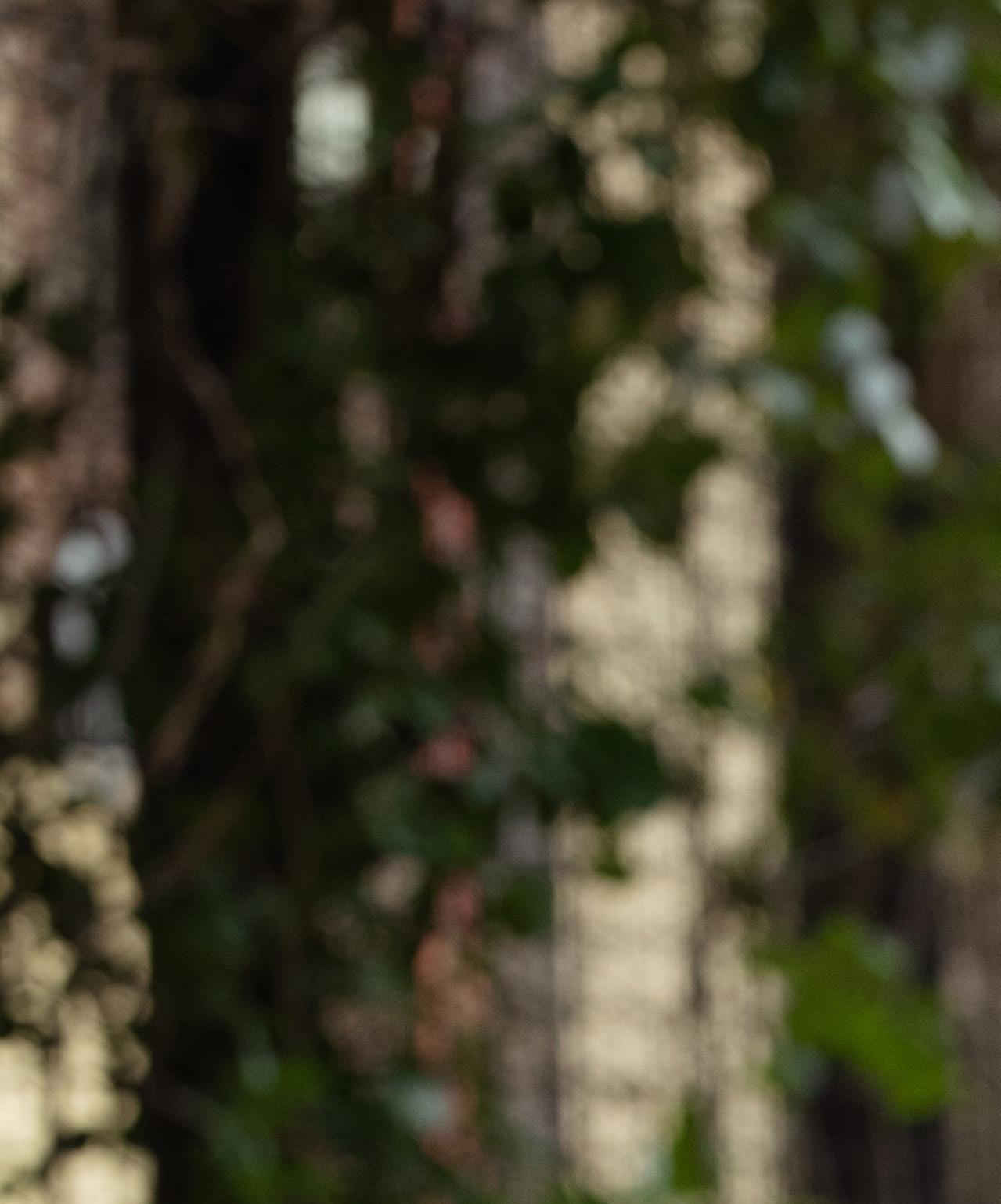
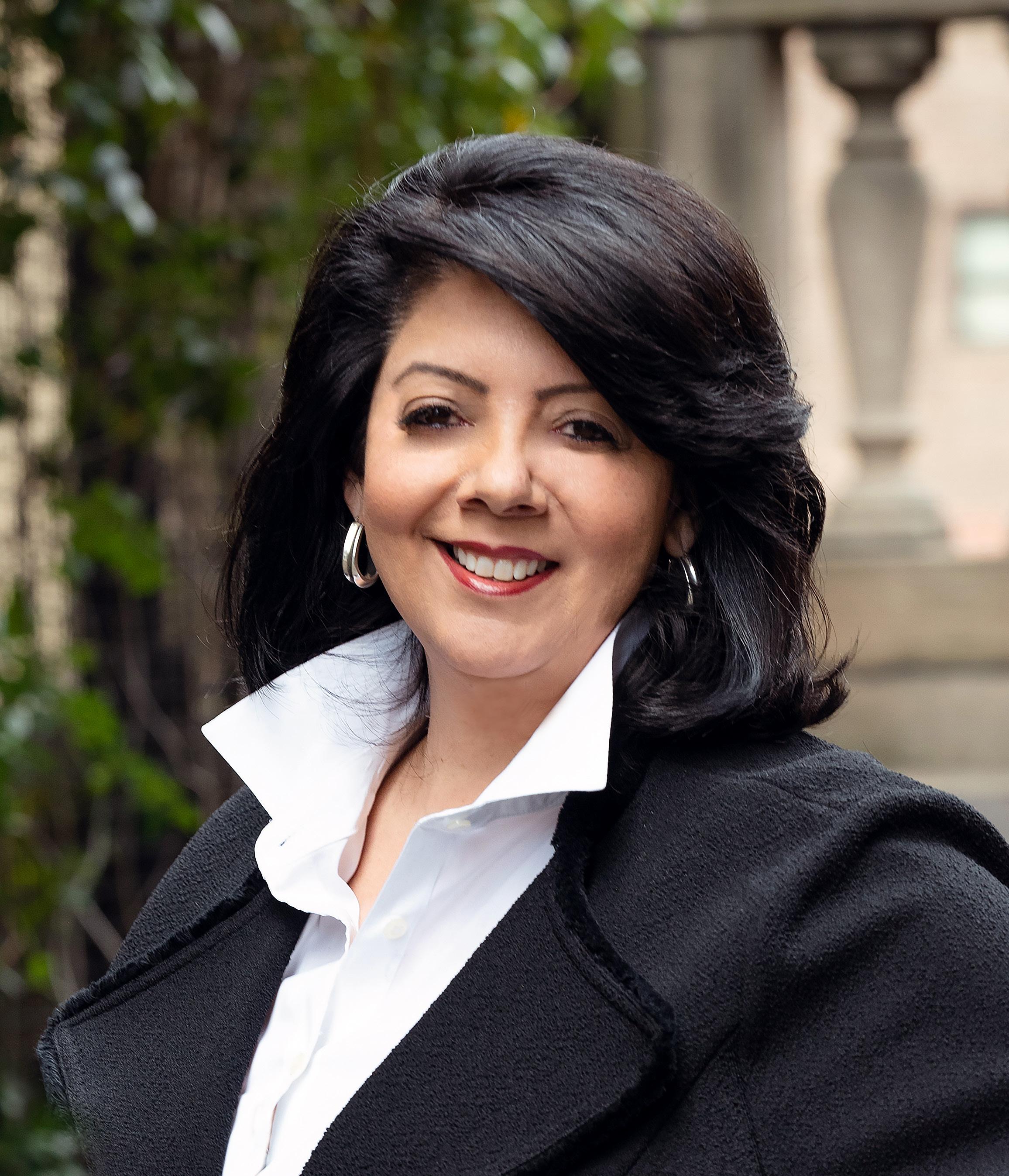 Elizabeth Norberg
Elizabeth Norberg

With technology, people, and diversity efforts underway, Norberg and her team turned their attention to communication and a greater internal customer focus. First, they integrated all messaging built on constituents that make up the “Four Rs”—public relations, investor relations, employee relations, and corporate responsibility. HR recruited and reorganized leaders to build a seasoned team to streamline messaging. The team also reemphasized a longstanding commitment to serve customers and increase shareholder value.
Hiring top talent and reengaging existing talent is a critical imperative for Foot Locker. Norberg and her team revamped the company brand and leveraged opportunities with hybrid work models to secure top talent previously out of reach, while expanding opportunities for career growth with the existing workforce.
As supply chain issues, global conflicts, increasing competition, and a lasting pandemic bring additional uncertainty, Foot Locker finds itself at an inflection point. “The next two to three years are critical to success, but I believe we’ve built the rocket ship that will take us to the next level. Our consistently low turnover and high workforce engagement scores tell us we are on the right track,” Norberg says.
A series of strategic moves and acquisitions will help fuel that trajectory. In recent months, Foot Locker announced long-term partnerships with Adidas and Reebok, forged into the Asia-Pacific region with the acquisition of sneaker boutique atmos, and brought in retail chain WSS to reach the Latinx consumer. With a new geographic footprint, a stronger connection to its customers, and robust digital platforms, the famed sports and shoe retailer is ready to put its best foot forward.

At Foot Locker, Norberg harnesses the power of talented employees to serve customers, drive outcomes, and generate profits. In doing so, she’s discovered the answer to the question posed to her by a doctor so many years ago. What does she do? She helps people be successful, which helps the organization to create value and win.
Compensation Advisory Partners LLC: “Elizabeth has been a wonderful HR partner at Foot Locker. She displays a keen understanding of the issues and works to put Foot Locker in the best position at all times. Elizabeth is a pleasure to work with!” —Margaret Engel, Founding Partner
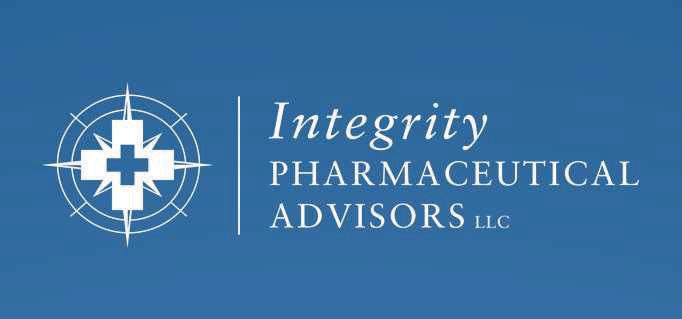
While he joined BJ’s Restaurants at a particularly challenging moment, Bryan Levine helps team members weather the storm thanks to the company’s strong culture
By Billy YostBJ’s Restaurants
In March 2020, Bryan Levine had just given notice at his job to accept the role of director of compensation and benefits at BJ’s Restaurants. He’d been interested in the organization for years and even applied for a position there earlier in his career, but it hadn’t worked out. He was excited to finally be part of an organization that emphasized doing the right thing over increasing its bottom line. Then the pandemic hit, and everything looked like it was in jeopardy.
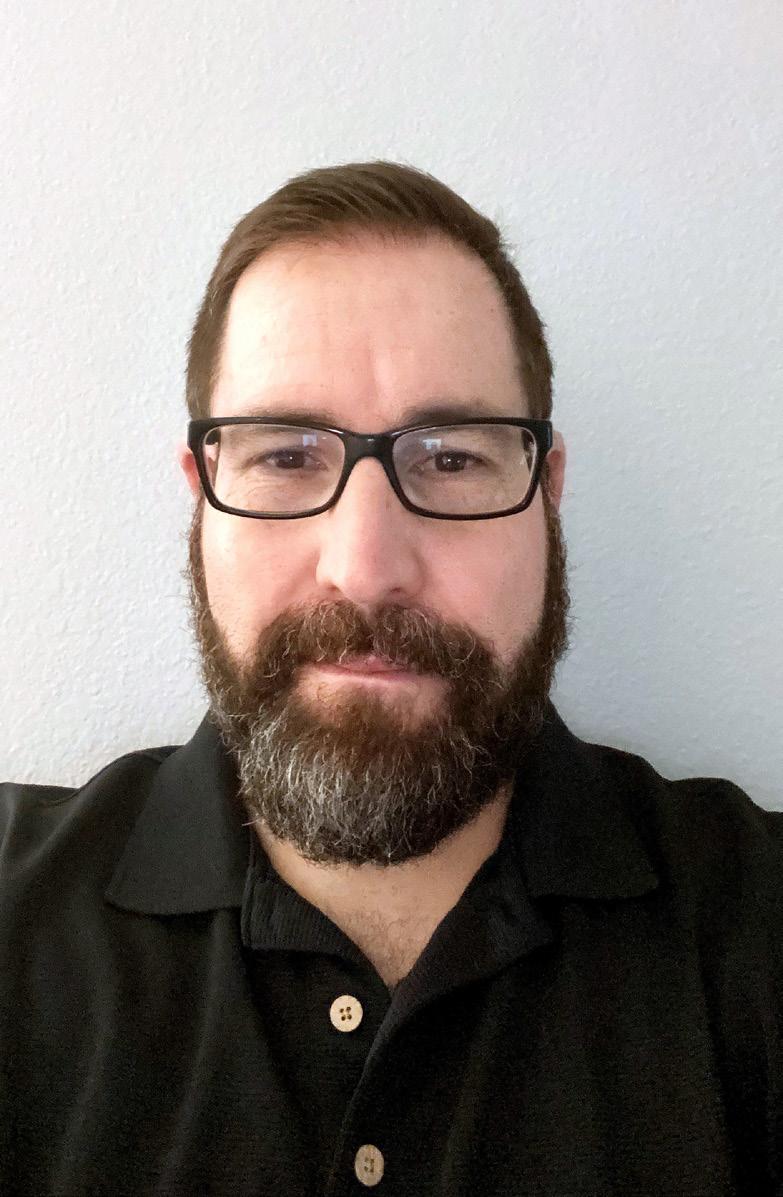
“I would be lying if I said it wasn’t a moment of pure panic,” Levine says. “But I called my leader, and was assured that nothing had changed, and
the company was going to make it through. It was a challenge that was going to need HR help on all fronts, but we didn’t know that quite yet.”
Levine had spent the last handful of years building out total rewards expertise, but as the pandemic progressed and weeks turned into months, the HR executive assumed an all-hands-on-deck approach to help the company weather its most challenging moment.
As he was coming on board, BJ’s, like many restaurant groups, was in the process of laying off thousands of employees. Soon it became clear that restaurant management also would have to be furloughed. Levine finally had gotten a dream role, only to find a nightmare unfolding around him.
“The goal, from the outset, was to ensure our team members were going to be taken care of through this entire ordeal,” Levine explains. “On the HR side, we made sure to keep their benefits active. We just asked that those team members send in payments for whatever their normal contribution for benefits was. We even set up a payment process through PayPal to make this change as easy as possible.”
With laws at the federal, state, and local level changing daily, the organization pivoted constantly, trying to bring back as many employees as possible. First, there was takeout business, then alcohol sales. Levine and his team worked to ensure general managers met the guidelines to maintain their exemption status and evolving roles to enable more people could return to work.
“The common theme I’ve seen since I got to BJ’s is that the leadership team wants to do what is right, even if that might cost the organization more money,” Levine explains. “The focus here is on the team member and the team member experience. I think most organizations say they operate that way, but I now have the opportunity to work for a business that doesn’t just say it—they act on it.”
That commitment evolved from focusing on emergency management to long-term recruiting, retention, and member experience. At a time when recruiting is the toughest it’s been in decades, Levine says it’s imperative for BJ’s to differentiate itself from its competition.
For starters, the HR team has been building out fixed-indemnity plans that provide lowcost insurance for hourly employees who may not have any other kind of coverage. “For an organization of our size, we’re trying to find ways to benefit our employees that still make
sense for a mid-sized company,” Levine explains. “We’ve taken the same approach when it comes to continuing education.”
BJ’s also currently is creating a tuition reimbursement program that Levine says will help build loyalty, as well as opportunities for hourly employees to rise into more senior roles eventually. “If we’re going to invest in the education of our team members, we also want to have a shot at retaining that talent,” Levine says. “We want to incentivize people to stay.”
Internal promotion already is a hallmark of the way BJ’s does business, Levine says, but he wants to ensure that employees who join as part-time workers in high school, for example, have the chance to grow under the company’s umbrella.
“We want our team members to know that no matter what role they want to work toward, they can stay here as long as they want,” Levine explains.
The HR team also conducted a full pay equity analysis; the results didn’t surprise Levine. The company’s pay equity numbers were solid, but HR wants to ensure that no matter what a prospective employee’s background or experience may be, there aren’t any unnecessary roadblocks standing in their way.

It’s what Levine loves about his company. Their approach is always evolving, and the benefits team is encouraged to think outside the box to determine the best ways to attract and retain talent. He credits the company’s internal culture with some of its success.
A national leader in employee benefits program design, education, communication, and administration –helping employees live more securely

“I’ve seen this organization at its most challenged, and I’ve seen it on the other side of it,” Levine says. “The culture has remained the same—if not gotten stronger—through the hard times. That’s the sign of a place you want to be.” A leader in providing part-time worker benefits – helping employers recruit and retain talent.

Not long after Jason Olson and his wife brought their baby girl, Della, home from the hospital, they noticed something on her skin. What they thought might be an allergic reaction turned into a year-long journey beginning at the Seattle Children’s Hospital and ending at the National Institute of Health.
with those of Cockayne syndrome, a multisystem degenerative disorder associated with reduced life expectancy.
When Della was diagnosed, Olson was less than a year into his position as director of human resources at Fivos, a company providing data solutions for medical providers, registries, and device manufacturers to deliver better outcomes for patients.
“It has changed my relationship with my work. I know I don’t have the background to cure genetic diseases directly. Still, my profession allows me to help organizations seeking to advance medical research and patient care,” he explains.
Olson, recently promoted to vice president of human resources, operates at multiple levels to oversee HR for Fivos across the US, Egypt, and India. “There isn’t room for ego. Even though I’m VP of HR, I’ve ditched the ‘I’m too senior or important for that’ mentality,” he says. Even before his promotion, the overarching theme of Olson’s career has been his willingness to step into new areas, take on challenges, and get the job done.
By Claire ReddenDella was diagnosed with a rare neurodegenerative disorder called Xeroderma pigmentosum-Cockayne syndrome complex, or XP-CS—a diagnosis that occurs in less than one in a million people. Characterized by a heightened sensitivity to UV light, Xeroderma pigmentosum is an autosomal recessive multisystem disorder inhibiting the DNA’s ability to repair itself after being exposed to ultraviolet radiation. Della’s unique diagnosis combines the characteristics of Xeroderma pigmentosum
“I’ve always had this mindset of ‘I’m going to solve this problem; I’m going to take on this challenge; I’m going to step into this uncomfortable place,’ and I think that serves well for an HR leader, as we’re constantly pulled into difficult and challenging situations,” Olson says.
When Olson came to the company, then known as Medstreaming, it was in a period of growth. It had acquired other businesses that had not been wholly integrated, creating a disjointed cultural infrastructure Olson knew
Jason Olson is willing to step up to any challenge—no matter how large or small— to support Fivos Health’s mission of driving innovation, lowering costs, and improving patient outcomes
“If we try to stand individually, we’ll fail, but when we work together as a team, we can succeed.”
Jason Olson
 Jason Olson VP of HR Fivos Health
Jason Olson VP of HR Fivos Health
wasn’t scalable. Later on, the company’s situation was complicated further by new ownership, leadership, and the pandemic’s arrival.
“We needed to ensure that our people saw a future for and with the company,” he says. “Yes, we had new leadership; yes, there was new ownership; yes, there was restructuring, but it didn’t mean we were going away.”
For Olson, a large part of this was working to improve communication and foster connection. With a focus on transparency, he worked with the new CEO, Jay Colfer, to launch interactive quarterly meetings that Colfer leads. “It allowed us to bring more transparency to the company by pulling back the curtains for people to ask questions and not feel shut out,” he explains.
To establish scalable people operations for long-term growth, Olson focused on three pillars: people, processes, and tools. “You need to have the right tools, integrated with the right processes, managed by the right people. Ultimately HR’s every action must support an organization’s overall business model. We need to make sure that how we align those three pillars efficiently and effectively supports the strategic direction of the company.”
Later, Olson would partner with executive leadership to build an initiative termed “One Fivos” to identify the company’s core businesses,

how they’d be restructured to operate as one entity, and ultimately launch Medstreaming’s rebrand as Fivos. The new name, which is an alternative name for the Greek deity Apollo—god of light, truth, medicine, and healing—appealed to the team because it reflected the company’s commitment to creating insights around healthcare and quality.
As Olson reflects on the past few years, he’s amazed at the resilience of the Fivos staff. “It’s a reinforcement of the fact that, if we try to stand individually, we’ll fail, but when we work together as a team, we can succeed.”

Olson believes it essential to create an environment supportive of staff needs, one enabling them to engage in effective teamwork fully. Some of the benefits he’s implemented to help provide this support include fully paid family medical leave, a generous PTO program, and expanded paid company holidays. By providing the flexibility to manage the needs of their family and other life issues, Olson believes employees are better able to leverage their talents and abilities at work fully.
“I don’t want anyone to miss out on time with their family or feel like they don’t have the time or space to manage other life issues that may come up. I know from personal experience how important it is to give people that flexibility,” he says.
“I don’t want anyone to miss out on time with their family or feel like they don’t have the time or space to manage other life issues that may come up. I know from personal experience how important it is to give people that flexibility.”
Jason Olson
CGI Business Solutions is a large, independently owned agency with a strong local presence and national footprint. We stay ahead of the complex and ever-changing business landscape by providing innovative, customized solutions.
O ering far more than benefits consulting, please visit us at www.cgibusinesssolutions.com for our full array of services.
Nick Warner, Route
Joshua Cook, John Hancock
Joe Roesler, Allied World
After completing a major corporate acquisition, Meagan Thompson was working consulting gigs until a recruiter discovered her on LinkedIn. They asked her if she knew anybody who might be the right fit for vice president of accounting for Safe Harbor Marinas. Right away, she knew it was a perfect opportunity: the leaders cared and integrated stakeholder interests with excellence and gratitude.
“It was the environment, the culture, and the mission that really sealed the deal for me,” explains Thompson, who is now chief accounting officer. “It’s really exciting what we’re doing: to be a part of this hundred-year
“Our oceans really are the silent stakeholder in our company, so we keep that in mind with everything we do.”
MEAGAN THOMPSON
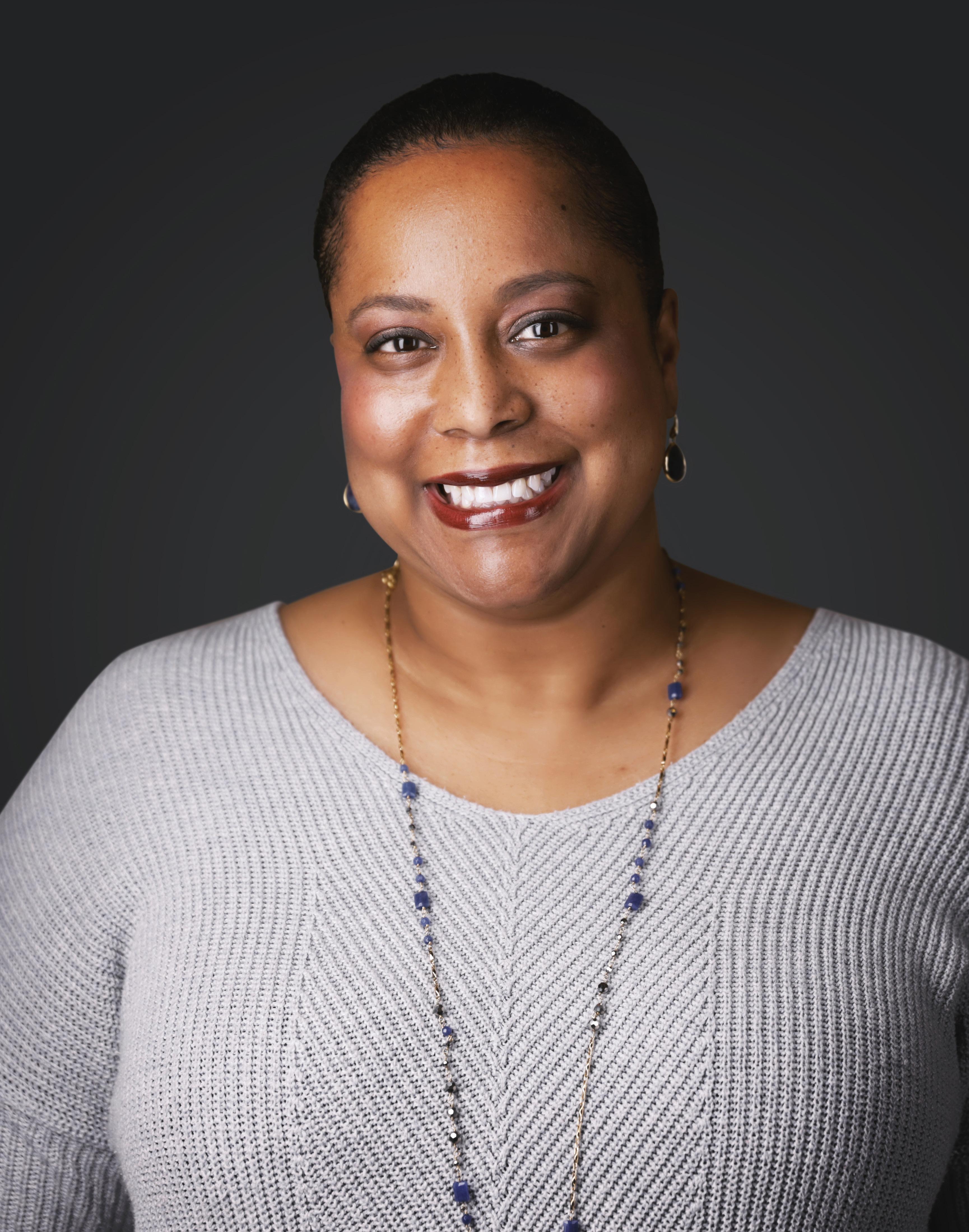 Meagan Thompson Chief Accounting Officer Safe Harbor Marinas
Meagan Thompson Chief Accounting Officer Safe Harbor Marinas
lifestyle brand and getting in on the ground floor. This has never really been done before.”
Safe Harbor owns and operates marinas across North America. In January 2017, when Thompson joined the organization, the company owned twenty-eight marinas. In 2022, it owns more than 130, making Safe Harbor the largest marina conglomerate in the world.
As an undergraduate, Thompson majored in liberal arts and intended to go to law school. She took a student job in a law office but couldn’t find an authentic connection to the work. Uncertain of her next steps, she took a break from school and found a job in sales and telemarketing.
“They saw something in me, and I fell into accounting,” she recalls. She began taking on accounts receivable and accounts payable tasks and discovered a natural aptitude for finance and reporting. More importantly, she felt synchronicity with the work and realized it was a path she could purse. Energized, she returned to school and completed a business degree.
“I really found myself drawn to the field and decided to pursue it,” Thompson says. “I love reporting. I can’t articulate why it connected with me, but it did.”
Since joining Safe Harbor, her marquee accomplishment has been the construction of an all-star accounting team. There were only five on the team in 2017; today, she oversees a total of thirty-six team members and has four direct reports. Controllers oversee finance and accounting managers, who are based geographically, with each overseeing eight to nine marinas (depending on size). While the workload has sometimes been daunting, the team strives to maintain a healthy balance.
One such challenge has been Safe Harbor’s acquisition by Sun Communities Inc. Announced in September 2020, the move meant that Safe Harbor would transition from privately to publicly held, with a number of consequent changes to accounting practices. Thompson and her team seized the opportunity to cut reporting time and statement time; and now, after a tremendous push, the team is working more efficiently than ever.

“The three-day close is really intense, but this team is the right size and utilizing technology to make improvements,” Thompson explains. “In 2022, we also released standalone audited financial statements five weeks earlier than we ever have before. That’s another accomplishment, and a testament to the team we’ve built.”
As the company grows, so does its responsibility to and stewardship of the environment. Safe, healthy waterways are crucial to the business, so Safe Harbor is taking major steps toward cleaner, more sustainable infrastructure. That means implementing electric forklifts, electric boats, and solar power, as well as recruiting technicians with those skills and ideals.
“Keeping the waterways clean and healthy is one of our core tenets,” Thompson says. “Our oceans really are the silent stakeholder in our company, so we keep that in mind with everything we do.”
They also help provide diverse communities with access to water sports. For example, Safe Harbor partners with the Boys & Girls Club of Newport, Rhode Island, to create opportunities for young people who might not otherwise be able to experience sailing and boating. They also collaborate with disability advocate organizations to connect disabled people with the water.
Community outreach is part of an integrated approach connecting members, local communities, the environment, and the workforce. “It all goes hand-inhand,” Thompson says. “We care, and that approach aligns closely with me as a leader and as a human. I really think that will help lead us into the future.”
For Thompson, that means providing strategic guidance and support for individual locations and their needs. She recognizes this emphasis on community and generosity throughout her team and across the company. The familial feel was one of her initial draws to Safe Harbor; now, after navigating the early challenges of the pandemic, she’s certain that this is a group that takes care of its own.
She extends that to her own team by providing support for their next steps. Nine of her team members reached their positions through promotion; many more are pursuing master’s degrees and CPA certifications.
“Leadership has been extremely appreciative of our efforts over the last five years. They say thank you and mean it, and that means a lot to me,” Thompson says. “I try to extend that to my team, show them how appreciative I am by doing the little things.”
Safe Harbor continues to acquire properties across North America. Along the way, they’ll develop talent, hone best practices, and promote environmental responsibility. The team composition, which Thompson names her number one achievement, will continue to be her top priority. By picking effective people and giving them autonomy and respect, she hopes to keep pushing their success forward.
“One of the cultural tenets at Safe Harbor is constant improvement,” Thompson says. “We’re always looking for ways to do things better and more efficiently than we did before. I want to continue to prepare and support my team members to do great things.”
“Leadership has been extremely appreciative of our efforts over the last five years. . . . I try to extend that to my team, show them how appreciative I am by doing the little things.”
MEAGAN THOMPSON
A mentor gave Julie Allen some very strong advice early in her career. Do something different every ten years. Allen may have taken it a bit more literally than most, and it might help explain why her life appears to be, for lack of a better description, very cool.
The current senior vice president of digital and brand creative at the Howard Hughes Corporation (HHC) previously spent fifteen years developing big ideas, big projects, and big rollouts for some of the most prominent names in media: the BBC, MTV, and Viacom.
“Initially, I really wanted to go into TV production,” Allen explains. “I hustled really hard, but I ultimately found it to be quite one-dimensional as a medium.”
What Allen did know is that things were changing. Technology was poised to start having a much more prominent impact in the world of television, and more widely, people’s lives in general. She went out and bought books on HTML, JavaScript, and Photoshop, taught herself the basics, and landed a job as
an assistant producer on the BBC Film and Movies website.
Those books helped shape Allen’s first decade at the cross section of arts and technology, a space where she continues to shine today. Allen’s accomplishments are all over the board.
At MTV, she helped create and launch MTV Breaks, a global campaign aiming to give young people their first break in creative industries. “I wanted to shine a light on the fact that there are all of these fascinating jobs that happen behind the scenes that you might not hear about in school,” Allen explains.
Ten years flew by, during which Allen helped close the largest deal in half-a-decade at MTV International. Having done about everything she could think of in the role, she knew she needed a change. HHC was in the process of building an in-house digital studio from scratch.
What did Allen know about real estate? It didn’t really matter. She could buy more books. “What did concern me was that we’d find the right people for our team in such a short period of time,” Allen explains. “But I
“Initially, I really wanted to go into TV production. I hustled really hard, but I ultimately found it to be quite one-dimensional as a medium.”
JULIE ALLEN
 Julie Allen
SVP of Digital & Brand Creative
Julie Allen
SVP of Digital & Brand Creative


 Julie Allen stands in the Tin Building, a collaboration with Chef Jean-Georges Vongerichten, which opened in July 2022.
Julie Allen stands in the Tin Building, a collaboration with Chef Jean-Georges Vongerichten, which opened in July 2022.
was quite fortunate. It felt like I had this fire lit under me as we found an incredible group of people, and our team scaled pretty quickly.”
Recently, Allen worked with the senior vice president of strategy and marketing on a corporate rebrand strategy. She felt especially eager to help reimagine a company website she knew could do a stronger job of representing the people, the assets, and business comprising HHC.
While digital initiatives are a huge part of Allen’s purview, she’s had the chance to do something new over the last five years: help reshape a physical space. And not just any space—prime New York real estate.
Allen worked hand-in-hand with agency 2X4 on the overhaul and rebrand of the former South Street Seaport neighborhood, now simply known as the Seaport. The SVP helped shape not just the name, but also the neighborhood.

Currently, Allen collaborates with her Seaport team members and acclaimed Chef Jean-Georges Vongerichten to transform the former home of the Fulton Fish Market into the Tin Building. The 53,000-square-foot marketplace consists of two levels of immersive culinary concepts, including multiple restaurants and a central market offering locally sourced seafood, meats, cheese, fresh produce, and more. Every news outlet in New York has covered the build, and if that isn’t enough, Allen also leads a documentary project featuring its history and the build up to its opening.
“It’s like coming back full circle to the TV world,” she says.
The Tin Building is a landmark project for the ongoing HHC build-out of the Seaport area. It’s also created more opportunities for Allen to bring more attention to young creatives.
Allen also collaborated with photo agency SN37 to create art galleries in unused retail space at the Seaport. Every three months, a new show brings together some of the most talented, up-and-coming photographers from around the US.
“To create a show and have these artists see people interacting with their work feels much more impactful than buying a billboard or advertising to promote it,” she says. “It’s a real experience with real people, and if you give people a platform, incredible things can happen. That’s what I continue to believe, and it keeps proving itself true.”
With an incredibly creative career, Julie Allen continues to prove she’s well ahead of the pack. A cryptocurrency and blockchain enthusiast since 2013, Allen acts an advocate for the future of Web 3.0 and blockchain ecosystem. She cocreated a new division at the Howard Hughes Corporation tasked with investigating new use cases for blockchain technology and the metaverse.
“This is about far more than NFT profile pictures and get-rich-quick schemes,” Allen says. “Those projects without much depth or utility will come and go, hopefully a little more quickly these days, but I’m incredibly excited about the intersection of real estate and technology. And I believe web 3.0 and the blockchain will play a very prominent role in the future of this space.”
“If you give people a platform, incredible things can happen. That’s what I continue to believe, and it keeps proving itself true.”
JULIE ALLEN
The premise of e-commerce is staggering in its simplicity. Instead of being limited to what’s in stock at a brickand-mortar store, shoppers can order practically anything they want from across the globe.
While that offers even the smallest momand-pop a degree of global presence, it also leads to a nagging question: “Where’s my stuff?” A shipment’s journey can involve air

“Route gives consumers a single place to track everything they buy online, so they can know exactly where it is at all times.”
NICK WARNER

transport, sea lanes, and overland drivers in numerous combinations. With so many moving parts, it’s difficult to determine the location of a given shipment other than to say, “In transit.”
Enter Utah-based Route. The company acts as an information gateway between buyers and sellers, providing real-time tracking information for deliveries, while giving merchants an opportunity to promote related products that tie directly to users’ interests.
Route isn’t quite a household name, but it’s on the way—at least, that’s one of the goals of Nick Warner, vice president of growth.
Helping small companies scale to size is in his DNA. While at San Diego State University, he was accepted as a Lavin Entrepreneur scholar, a program that mentors and develops promising students. Warner gravitated to the program—an odd choice, he says, for someone pursuing an art degree.
“I recognized the creativity needed in business to overcome challenges,” he explains. “In a way, it’s like creating art—you take many components and assemble them into an amazing composition.
“Thanks to the Lavin program,” he continues, “I was exposed to many perspectives on what entrepreneurs really are, and what business is like in America. I also learned about the wealth of opportunities in taking companies from zero to go.”
Warner officially entered the entrepreneurial space in his senior year, after becoming associated with developing various new apps for ParentsWare. But he struck gold in 2016 as vice president of marketing at Eturi, helping develop and launch OurPact.
Eventually reaching number one globally, the app allows parents to monitor, guard, and control their children’s screen time on mobile devices. “I was vice president of marketing by then, and it was awesome to see it blossom from a niche consumer product to a 2.5 million-user presence in nearly every country, and in twelve different languages,” he adds.
Since then, he cofounded the Atom Collective, a performance marketing agency that scaled software and mobile apps. There, he served as the senior manager of user acquisition and performance marketing at Fair Technologies, a digital car-shopping and ridesharing platform.
Warner joined Route in 2019. “We have an e-commerce network that directly connects and empowers both consumers and brands,” he says. “Route gives consumers a single place to track everything they buy online, so they can know exactly where their packages are at all times. They also have the opportunity to explore new brands and products that are relevant to their purchases.”
He adds that most internet advertising is intrusive and repetitive, but Route’s platform enables merchants to integrate their brands and products into the order journey. “It encourages you to explore new products and brands on your own, rather than having ads thrust at you. Our ten thousand merchants have found that this approach leads to more engagement and more revenue over time.”
Route also works with merchants behindthe-scenes by offering loss damage protection and feeding real-time tracking information. “We take care of everything post-purchase,
allowing merchants to concentrate on growing their business,” Warner says.
Internally, he partners with Route’s business departments to identify new areas of opportunity, such as analyzing data and user experiences, interacting with research and development on new products and concepts, and constantly tweaking and fine-tuning the apps to enhance customer experience.
“Lots of work streams operate with their own road maps, but they need a sort of ‘connective tissue’ to ensure that everything and everyone is working toward a common goal, so a key part of my job is ensuring that we’re going in the right direction,” he says.
Warner explains that Route will identify a key metric for improvement, a conversion rate or engagement, for example, and then introduce a variety of subtle changes to the user experience to move that key metric in the right direction. “Even things as simple as different screens or button colors can be influential,” he explains. “We then test those changes to determine which will optimize the customer experience, and then apply the highest outcome across the platform.”
His fifteen-person team covers product management, life cycle marketing, product insights, and analytics. “I give them a tremendous amount of autonomy, essentially letting them function as CEOs of their domains,” he explains. “My goal is to put everyone in positions of impact and visibility, setting them up for success.”
Through his leadership and innovative approaches to growth, Warner moves Route one step closer to being a household name.
“I recognized the creativity needed in business to overcome challenges. In a way, it’s like creating art—you take many components and assemble them into an amazing composition.”
NICK WARNER
Online criminals and cyber scammers are more creative and sophisticated than ever before. Their methods include phishing, romance scams, identity theft, sweepstakes claims, and detailed impersonation ruses (among others).
Veteran fraud expert and cybersecurity lawyer Joshua Cook has seen it all, and as John Hancock’s resident cyber counsel, he’s working to safeguard his employer’s brand, protect its customers’ assets, and stay out in front of the hackers.
Every day, bad actors attempt to gain online access to the billions of dollars that millions of customers have invested in John Hancock’s investment, retirement, and insurance products. Industry experts say that insurance fraud alone costs consumers more than $80 billion per year—and that number is only increasing.
It’s something Cook has witnessed firsthand. After starting his career in private practice, where he sued fraudsters on behalf of consumers and investors, he joined John Hancock, a Boston-based insurance company owned by Manulife, to support retail and wholesale broker/dealers, resolve customer complaints, and address cybersecurity issues.
In 2017, Cook and his colleagues encountered a would-be offender who repeatedly called John Hancock’s help desk attempting to access systems and data by impersonating a financial advisor. When the caller’s suspicious behavior triggered internal alarms, Cook decided to take the opportunity to test and deploy countermeasures. His team implemented defensive tools, waited for the fraudster to call back, recorded the calls, and monitored his activities. They watched his every move, observed how he reacted to their tactics, and played back the recordings to study the interactions.
Cook got a fascinating look into the mind of a fraudster and mined valuable intel he still uses to create and refine John Hancock’s cybersecurity strategies. It’s a fast-moving, high-stakes game. “Every company is facing
 Assistant
and Senior Counsel of Cyber, Privacy, IP & Brand John Hancock
Melinda Cook
Assistant
and Senior Counsel of Cyber, Privacy, IP & Brand John Hancock
Melinda Cook
“Every company is facing a new wave of online threats, and we have to defend our customers, our employees, and our reputation.”
JOSHUA COOK
Led by pioneers in the space, Dechert’s Privacy & Cybersecurity group delivers seamless, holistic service on any matter, anywhere in the world, any time.

Strategic counseling. 24/7 Incident response. Litigation and Enforcement Defense. Congratulations Joshua Cook and John Hancock on this welldeserved recognition. dechert.com
a new wave of online threats, and we have to defend our customers, our employees, and our reputation,” Cook says. “We are one of the most recognized brands in America. Prevention and protection are critical to earning the trust people place in us.”
In 2018, Cook and John Hancock were at an interesting crossroads. The company had sold its retail broker/dealer business, and Cook’s internal client was going away. With his future uncertain, he sat down with his general counsel to develop a plan. Cook could stay on to manage a domestic intellectual property portfolio and use his “spare time” to create a new cyber counsel role for himself. He jumped at the opportunity and today is John Hancock’s assistant vice president and its senior counsel of cyber, privacy, intellectual property, and brand.
The strategic move helped the company shore up an inefficient process once handled within its legal department. Previously, whichever lawyer was assigned to the group impacted by a cyber incident would determine how to respond, then return to their regular work duties. Without a consistent process, the company wasn’t able to develop institutional memory and left itself at risk.
Cook built his role by first identifying the right internal players and cultivating the necessary relationships with IT executives and other leaders. “My vision was to act as a conduit between the IT and legal worlds within the company,” he says. He then worked with his IT partners to formalize the processes, taking incident response from theory to practice. Lastly, he connected the various technical, compliance, and legal
professionals across the company to ensure open communication and consistency.
Providing legal support to a global security operations center at a large and well-known company that is part of a regulated industry targeted by ever-changing cyberthreats is a complicated task. As the COVID-19 pandemic winds on, these issues will likely remain at the forefront. Nearly 75 percent of banks and insurance companies have reported an increase in cybercrime since early 2020. At the same time, hybrid working environments introduce new variables and risks as employees connect to networks and transfer files remotely.
Hackers are using botnet attacks, phishing emails, mobile malware, and ransomware to penetrate systems. While Cook and his team are in place to protect, John Hancock and Manulife still encourage clients to stay diligent. All users should report suspicious emails, verify websites and email addresses, monitor online accounts, and review consumer credit reports often.
Risks can come in all shapes and sizes, and leaders need the most advanced teams possible. Cook himself lacks technical computer training, but he sees that as an asset. “Someone with a deep education in cyber might have a narrow idea of what’s realistic, but since I didn’t come from the world of IT, I think differently about what we can and can’t do, so I can push the limits,” he explains. “For me, it’s a sea of possibilities.”
One of Manulife’s core values is to “think big,” and Cook says those in his industry need to think more like the bad guys and take preemptive measures to protect their customers and themselves. That’s his plan, anyway.
“Since I didn’t come from the world of IT, I think differently about what we can and can’t do, so I can push the limits. For me, it’s a sea of possibilities.”
JOSHUA COOK
Remember the Enron scandal? The nearly instantaneous collapse of that energy industry behemoth rattled Wall Street and put thousands out of work. But it also served as a kind of launch pad for Joe Roesler’s journey to the C-suite of Allied World, a global provider of insurance and reinsurance solutions.
Roesler spent three years at KPMG’s offices in New York before transferring to its facility in Zurich, Switzerland, for two years in the assurance financial services division. “While I was with KPMG, the Enron situation blew up,” he says. “It was the impetus for the Sarbanes Oxley Act, which beyond the internal control mandates it required also expanded the role of the Securities and Exchange Commission, which required it to triple its accounting staff. I joined the SEC as part of that wave of new accountants reviewing every company’s 10-K’s and other filings.”
He joined the SEC in 2003 as a staff accountant in the Division of Corporation Finance, becoming an accounting branch chief in focused on regulatory filings for the insurance and healthcare industries, and later moved on to Allied World. “We were having our first child,” he recalls, “and we
wanted to be closer to our families in the New York/New Jersey area.”
He joined Allied World in 2007 as vice president of SEC reporting and accounting policy.
Life threw him another curveball in 2016, when Fairfax Financial Holdings acquired the former standalone company in a $5 billion transaction (Fairfax is a Canada-based company similar to Berkshire Hathaway).
“At the time, I was the head of SEC reporting for Allied World,” Roesler recalls, “and I went through a range of emotions. Typically, when this type of company goes from public to private ownership, the first people to go are the public reporting staff.” But Roesler’s career took an unexpected turn. “Fairfax has as one of its guiding
When Allied World was acquired, Joe Roesler expected his position to be among the first to get cut. Instead, he found himself being promoted to the C-suite.
“[Allied World is] well-positioned . . . to grow the business even more in the notto-distant future.”
JOE ROESLER
principles to treat everyone fair and friendly: ‘Everyone will find a home.’ I found it to be true,” he says. “Instead of being let go, I transitioned into a new role and began managing all of Fairfax’s financial reporting duties required by Allied World.”
Skip ahead to 2017. Once the deal closed and the CFO retired, Allied’s chief accounting officer became CFO, and Roesler was promoted to chief accounting officer.
His expanded responsibilities included oversight of the company’s North American operations. “It gave me a better perspective of the operational side of the business: the processes of collecting premiums, issuing disbursements, and searching for ways to make those processes more efficient,” he says.
In 2019, Roesler was promoted to CFO. Today, he oversees the company’s entire global finance function. He has the unique challenge of tailoring his reports for three different audiences: Fairfax, business leaders within Allied World, and various regulatory agencies. “The regulators can be especially challenging because each one wants the information presented in a particular way,” he explains.
As Roesler has taken on more responsibility, he’s also had to learn to delegate more. “In my early days, I was a good technical accountant, and I still like that kind of work—calculating and documenting, for example,” he says. “But I’ve had to learn to let go, to let people on my team showcase their skills, and to be open to other ways of addressing situations.”
Roesler actively fosters a spirit of collaboration within his 140-member worldwide team. The COVID-19 pandemic has actually helped build trust and camaraderie among its members. Previously, most remote communications were handled by phone or email. But with the preponderance of video Microsoft Team meetings, people can see their counterparts in other countries and experience their reactions. “They aren’t just voices on the phone anymore,” Roesler says.
His communication style has evolved as well. While he has a mind for detail, he’s learned to be conscious of the fact that not everyone wants to go deep into the weeds of accounting. “Some people like loads of information, others like headlines—but everything must be translated into actionable information,” he says.
Allied World has seen its gross premiums written double over the past several years—mainly a result of surging insurance premiums—but the company also seeks to grow sustainably in the long term.
One way they intend to achieve that goal is striving to give employees the best technology and other resources possible, Roesler says. “For example, we are leveraging outsourcing models and use of artificial intelligence in areas that have redundant processes.” The goal is to take away the mundane tasks— freeing employees to be more productive.
“I think Allied World is entering the next great phase of its growth,” Roesler says. “We are well-positioned, in terms of having a well-established, seasoned group of professionals and market positions, to grow the business even more in the not-too-distant future. We also have a low rate of attrition, and I think that’s very important.”
He notes that while technology is helpful, they are still a “people” business. “It is a challenge to differentiate yourself in the insurance industry, which is why Allied World focuses on the human element in everything from the initial policy to the claims payment process. That sets us apart,” he says.
“Some people like loads of information, others like headlines—but everything must be translated into actionable information.”
JOE ROESLER
A look behind the scenes of company-wide initiatives and goals, acquisitions, and
More than twenty-six years ago as an economics major at Northwestern University, almost on a whim, Seth Goldstrom attended an on-campus presentation by the global management consulting firm McKinsey & Company. Today, he’s helping their clients break down barriers to growth and sustain prolonged performance improvements.
McKinsey & Company calls this work “transformation”—and while the word has various meanings, Goldstrom defines it as a holistic effort designed to help a company
or organization reach its full potential. He likens it to being a coach in sports. “Like any coach, seeing someone achieve something they didn’t think possible is the most rewarding aspect of what we do,” he says. Goldstrom spoke with Profile about the philosophy, the work, and perhaps most importantly, the results.
You’ve been working in transformation for many years. Why is this concept so important today?
Companies are facing so much right now, and the response is often to pick a couple key goals to focus on, but that’s not what we’re
talking about. Transformation is different, and it’s something more. We’re helping leaders sustain deep change across the board to alter their entire trajectory, and it usually happens even faster than they think possible. It’s important because it’s a way to meet the challenges of these uncertain times.
You mentioned fast results. What’s really possible?
A lot. Ten years ago, people focused just on financial levers and obsessed about making rapid changes to isolated things to improve the balance sheet. Today, the aperture of impact has widened. We think about culture,
Scan the QR code to be taken to the web story.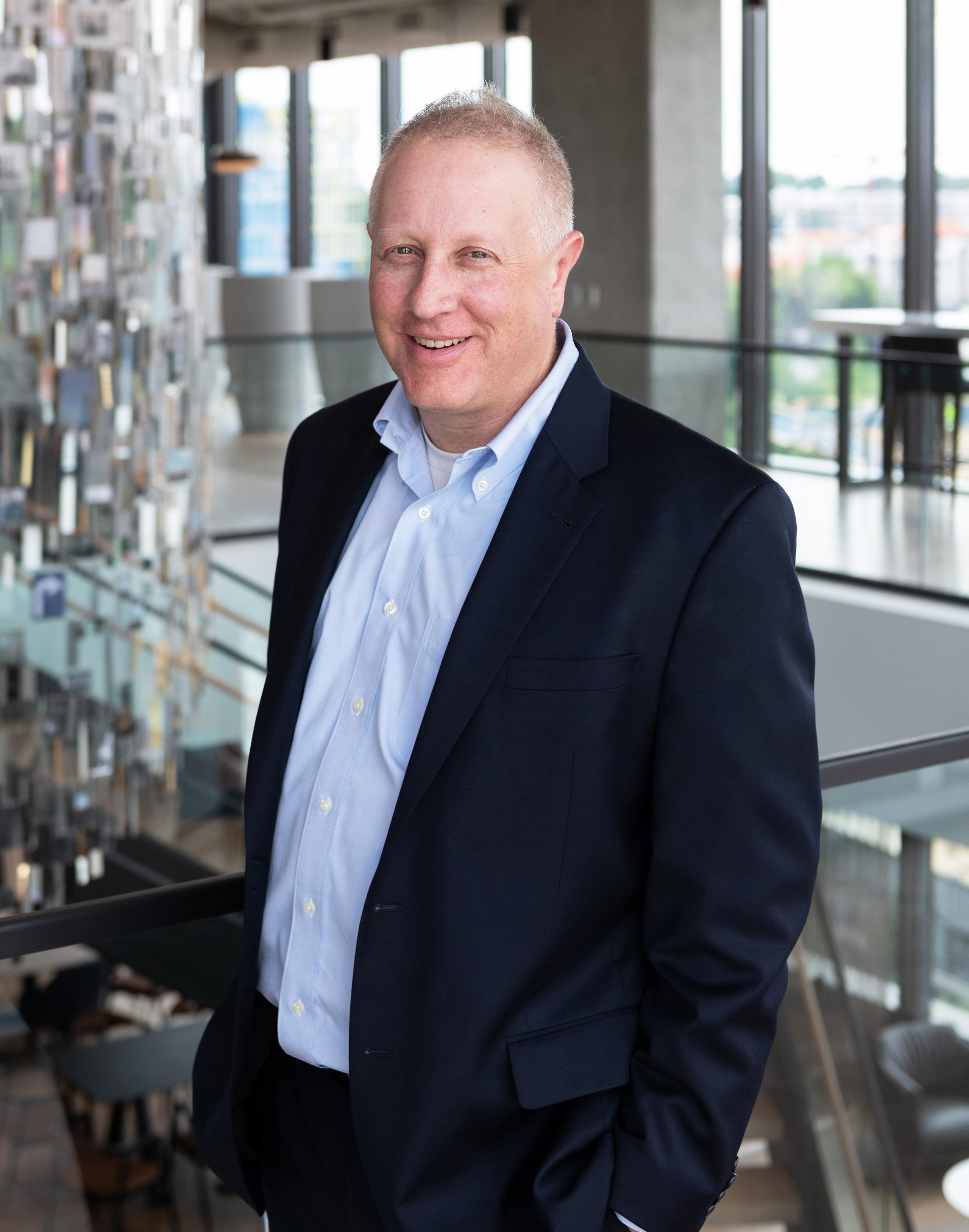 Seth Goldstrom
Senior Partner
Seth Goldstrom
Senior Partner
customer satisfaction, ESG [environmental, social, and governance], DEI [diversity, equity, and inclusion], and how we can bring about new approaches to other topics that might be harder to directly translate onto a statement. You might not see the clear results in black and white on a balance sheet, but together, they create impact.
It almost always does. We see clients working together to achieve something they never thought possible one or two years earlier, and these programs tend to exceed expectations.
We have a road-mapping methodology that we complete in an organized and prioritized sequence of sprint phases. We start by asking what the real potential is, and we want to be realistic. People don’t want to overcommit and underdeliver, and it’s human nature to negotiate something down to a comfortable level that is easy to reach. But we set realistic goals, and what we find is that since our program touches so many areas that all work together in these sprints, people are seeing improvements that are between 2.3 and 2.7 times higher than their initial goals. And they get to it faster than they originally expected, too.
It’s that total and holistic approach. Over the years, the levers have changed—now digital and AI [artificial intelligence] are prominent. Today, we also think a lot more about capability building and how do you make the change more sustainable over the long run. Conventional wisdom has generally been that there are maybe three or five things to fix and improve in any organization. Now we want to impact thousands of little things. We have systems, processes, and tools to get thousands of things done. That’s what leads to total transformation as we help a company harness everyone so each person in the entire company has a few improvements to focus on. It all adds up.

That’s what’s changed. What about what hasn’t changed?
It still has to be their plan. You can give someone a process, but there has to be agreement to the overall plan.
How did you get started in this work?
After Northwestern, I went to law school. I was here at the company and spent some time in a manufacturing plant, and the plant was facing a lot of competitive headwinds with a core product. The plant was a big employer in and a contributor to the local community. So we spent time there trying to make them 40 percent better. We knew if they did that, the plant would survive. I was there for a long time, and it was so rewarding to work with people and develop long-term relationships. I knew that leading the process well and finding success would impact the whole local community, and it worked. That’s the excitement of turnarounds: you have the chance to make a huge difference. I was hooked.
What happened after that? How did you grow or evolve the practice?
I started getting more into tech, media, telecoms, and other areas, but I really started to focus on the area of total transformation about a decade ago. Instead of focusing on one plant, a total transformation replicates that at dozens of plants and throughout an entire organization.
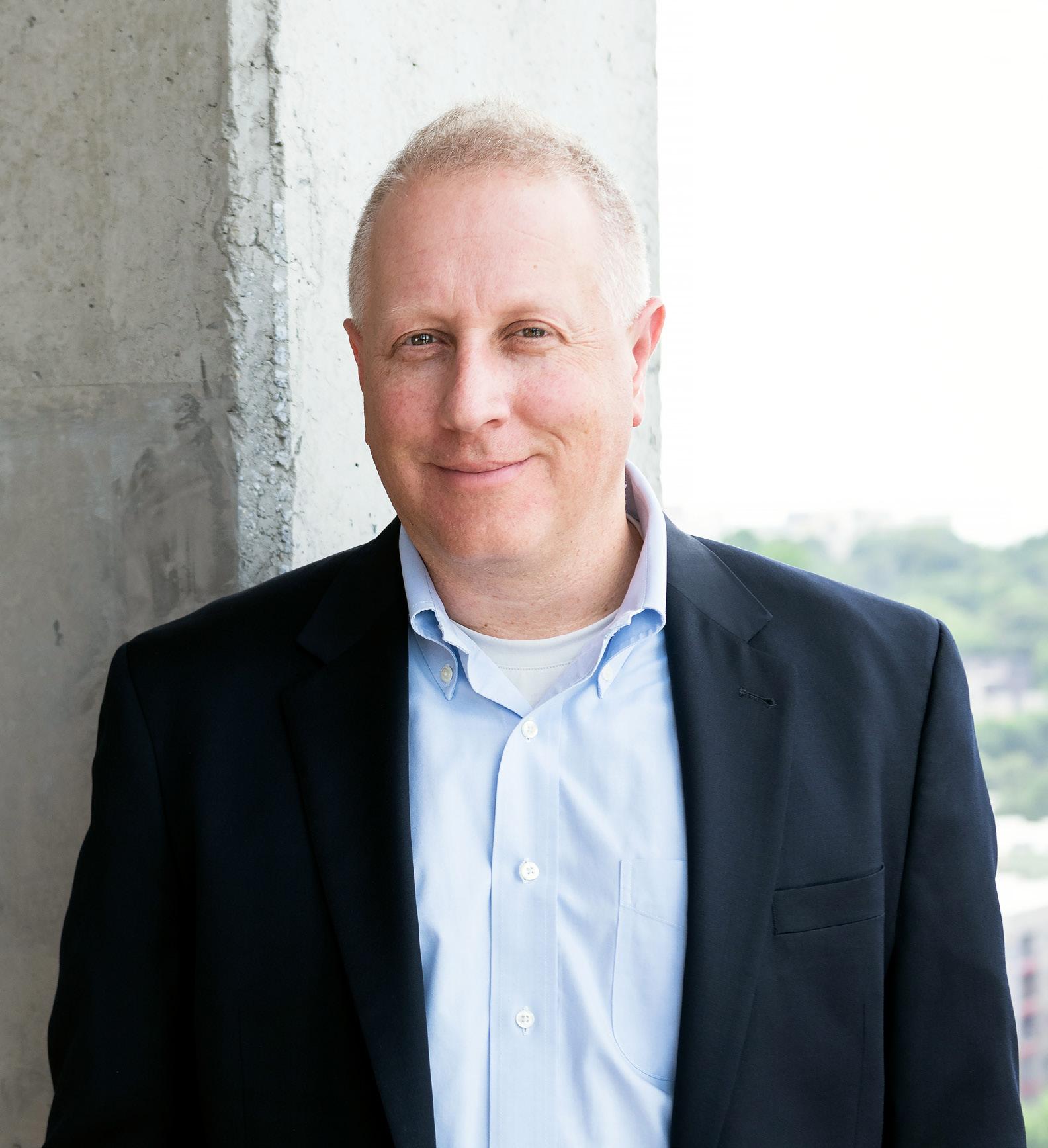
What about internally?
We’ve been doing a lot over the years to make this a destination employer, and that means for all people.
How are you involved?
DEI is big here because we want to be that destination employer at all levels. One of my charters—in partnership with Black leaders at McKinsey—is to increase Black leadership at the firm and make McKinsey a destination for Black talent. We need to increase Black leadership specifically. I’ve been a sponsor for the McKinsey Black Network, which is a community of colleagues and alumni committed to creating an environment where Black colleagues can advance, connect, and thrive.
What does that look like? Is it a formal program or more through informal relationship-building?
I think both are important. One of the biggest things we’ve done is take a hard look at sponsorship. We’ve put in place formal and
informal sponsorship programs to close the sponsorship gap for Black colleagues.
You’ve been at McKinsey for a long time. What’s the best piece of advice you’ve received there?
It involves the will to act and do what’s right. Be comfortable speaking up. It will make you a better consultant and a better person.
What’s ahead for you and the practice group?
I expect an overall emphasis on sustainability, and I think we’ll focus more on local solutions to help clients absorb some of the ongoing supply chain problems and other challenges related to COVID, but the bottom line is impact. I ran into someone recently who was connected to that factory I told you about. Twenty years later, the factory that was once facing a shutdown is still operational. That keeps me going. It’s good to know that this work makes a difference over the long run.
“That’s the excitement of turnarounds: you have the chance to make a huge difference.”
SETH GOLDSTROM
If you’ve ever wanted to drive a Lamborghini down the Pacific Coast Highway, see a drive-in movie in a 1958 Ford Fairlane, try out a Tesla Model X, or cruise the Las Vegas Strip in a Rolls Royce Wraith, now’s your chance.
Turo is disrupting the traditional car rental industry by introducing convenience and choice. Turo launched in 2009 and has since grown to become the world’s largest car-sharing marketplace, spanning more than 8,000 cities, 114,000 active hosts, and 2 million active guests. Security expert and veteran leader Wilson Ho is building the IT superteam that will protect and enable Turo as the company shifts into overdrive.
Ho has the perfect background to help lead the innovative San Francisco company. Like Turo, he’s a product of the Bay Area. Ho grew up surrounded by technology, built his own computer in high school, learned to program basic games, and was fascinated at how emerging platforms like AOL let him connect to his peers around the world.
Although he was interested in gadgets and electronics, Ho studied architecture, interior design, and construction management. Thinking about the built environment and business in the wake of the dot-com bust forced him to ponder the role technology plays in society. “I saw how all of these things were about to have a greater impact
on our lives,” he says, adding that he saw IT as a vehicle he could use to explore the intersection of his interests in the corporate world. That led him more squarely into the realm of information technology.
Before joining Turo in 2018, Ho learned the foundations of how to build a mature IT organization as he moved through progressive roles in biopharma, hospitality, and fintech organizations. Working as head of IT operations at the home lending platform Roostify gave him further exposure to risk management, compliance, and security.
When Ho came to Turo, he was looking for a new challenge. He had previously grown a small IT team of three to a group of twenty and wanted to replicate that success to take the late-stage start-up to the next level. His status as Turo’s first internal IT employee would afford him that opportunity.
It was an important era at the company, and the IT, cybersecurity, and risk management strategies Ho put into place were designed to protect the company as it faced new challenges. In 2018, Turo was expanding its app to offer new features like GPS monitoring and remote unlocking. Then came the capital infusion, which brought high volumes of new vehicles and new users to the ecosystem.
Prior to Ho’s arrival, Turo relied on vendors and consultants to manage IT and run its security programs. “Using external providers for IT is slow and stifles innovation,
but bringing IT in-house unlocks the full potential of what the function can do for an organization,” he says.
To get the function up and running, Ho embarked on a company-wide tour to meet with employees, managers, and executives in every department. He wanted to get to know his colleagues, earn their trust, identify pain points, and create the road map to take IT at Turo forward.
After gathering valuable intel, he built a custom plan for a company in the midst of aggressive growth, pitched that plan to senior leaders, and earned the buy-in needed to onboard new tech employees and form his team.

Unfortunately, just as Ho was gaining momentum, the COVID-19 pandemic forced Turo to tap the brakes. The hiatus didn’t last long, however. Consumers hesitant to fly turned to car sharing, and now the company is seeing an additional boost driven by pent-up demand for travel.
As the world reopened, people turned to Turo in record numbers. Ho had the company’s IT infrastructure ready. He had built an IT service desk, trained a skilled operations team, automated processes that were once manual, and optimized an outdated tech stack. Today, Ho and his colleagues have built the world’s largest car-sharing marketplace, and the IT department has something in common with the vehicles on the Turo app—it, too, moves at lightning speed.
“Using external providers for IT is slow and stifles innovation, but bringing IT inhouse unlocks the full potential of what the function can do for an organization.”
WILSON HO
Betsy Philpott was always told it was impossible to work in sports as a lawyer. As senior vice president and general counsel for the Washington Nationals, she’s proved the naysayers wrong.
By KEITH LORIA
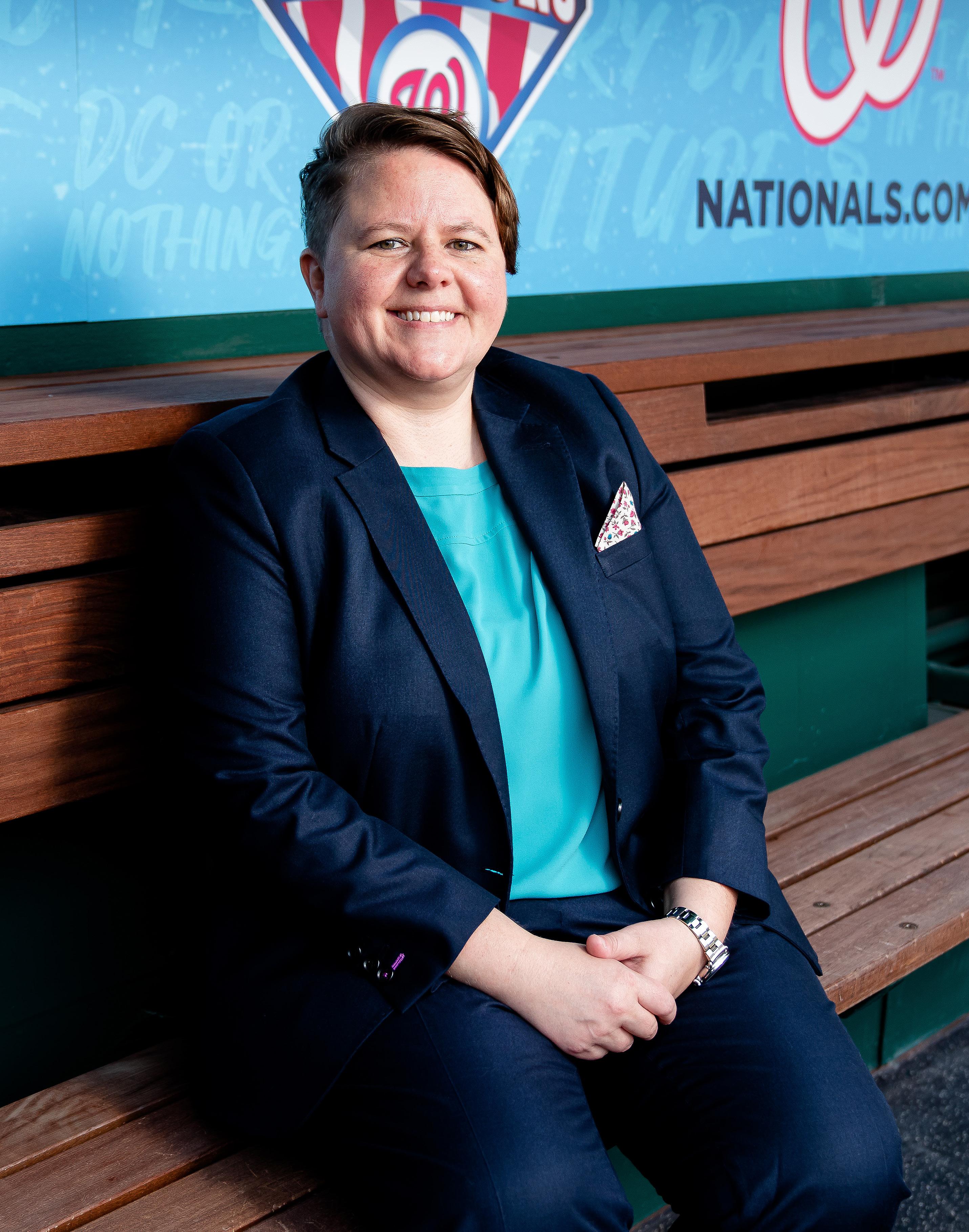 Betsy Philpott
SVP and General Counsel
Betsy Philpott
SVP and General Counsel
Growing up, Betsy Philpott was a huge fan of baseball, and started playing the sport herself at a young age.

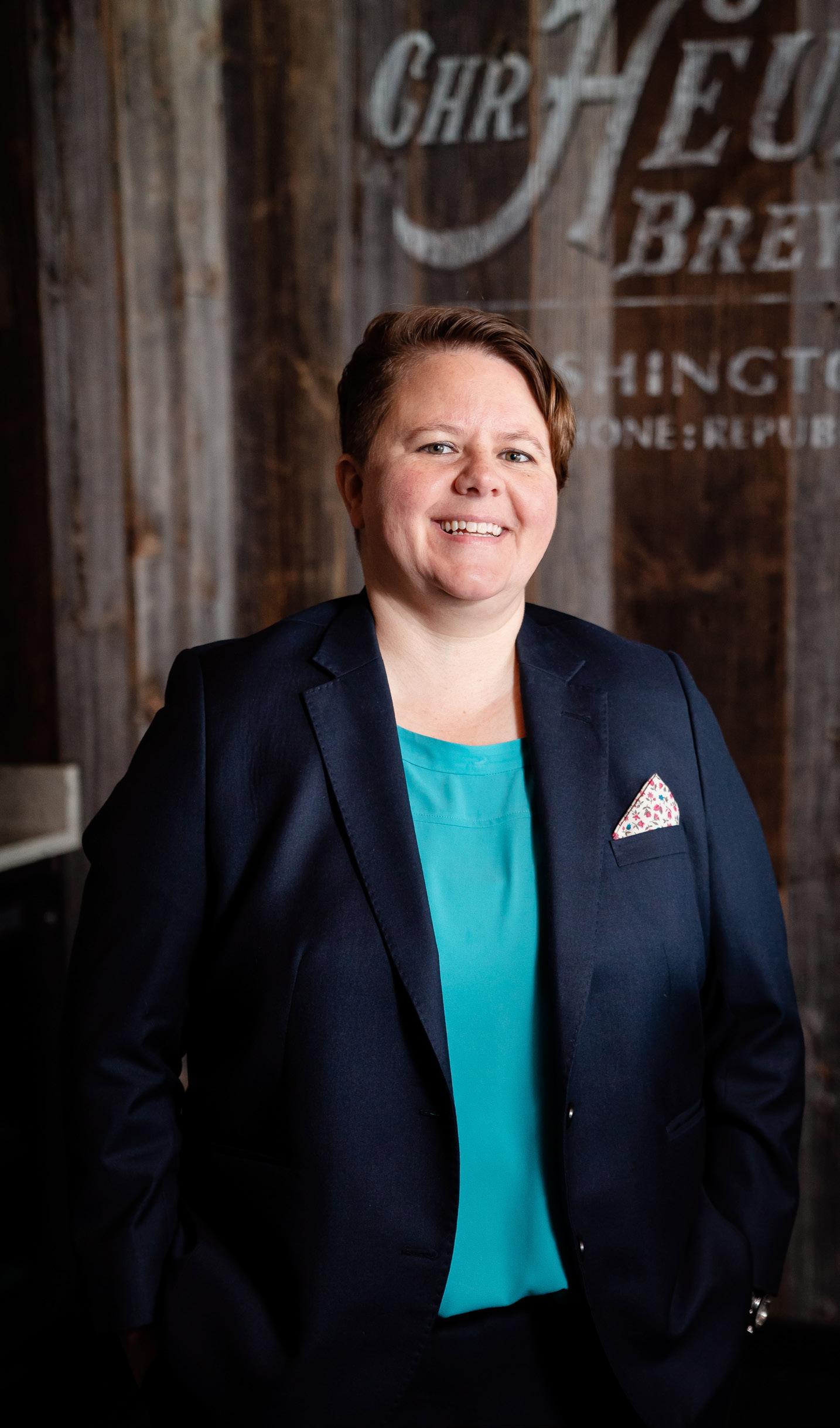
“My best friends in the neighborhood were all boys, so I played baseball with them and I loved it,” she says. “I was pretty good at it, which fueled my fandom even more. I also started collecting baseball cards.” Back then, her favorite players were Mark McGwire and Cal Ripken Jr., who were both accomplishing amazing feats in the game.

But when Philpott was considering career choices, she never thought it was possible for baseball to become her profession. She chose to go to law school at Vanderbilt University, which does have one of the best collegiate baseball programs in the country.
“I was told all the time it was impossible to get a job in sports as a lawyer, and unfortunately, I listened. I followed a typical litigation path, which led me to a firm in Washington, DC, in 2008,” Philpott recalls. “In 2011, a lot of my friends were complaining about working at law firms but no one was willing to make a change. I knew I needed to do something—and do it now, while I was single with no kids, and I had the chance to pivot and be flexible.”
She learned about Georgetown’s sports industry management program, a master’s program that was heavy on networking. That was exactly what she needed. “I wanted a particular job in sports as a lawyer, so I needed to meet the right people and learn the subject matters that would make my résumé more appealing,” Philpott explains.
“I treated the program like a yearlong interview and networked as much as possible.”
Her first job out of the program was as a lawyer for the Major League Soccer Union, a small group in Bethesda, Maryland. While working there, she got a call from a friend who asked if she would be interested in joining MLB’s Washington Nationals as an intern.
“I had already gone back to zero—I had left my law firm office, I was back on the bottom, and I needed a job that paid,” she says. But she met with the Nationals anyway, and that meeting resulted in a job offer. Over the past eight years, Philpott has been promoted again and again, and now serves as senior vice president and general counsel for the 2019 World Series champions, the Washington Nationals.
In her role, Philpott’s responsibilities range from working on multi-milliondollar cryptocurrency and sponsorship deals to working through issues related to Nationals Park to handling all non-gameday events and concerts at Nationals Park, including artists like Taylor Swift and Bruce Springsteen.
“Our department handles all of the legal projects for the entire organization, as well as our nonprofit, and we help handle the majority of work for our spring training facility,” she says. “Roughly 70 percent is contract and transactional work, with the remaining 30 percent being managing litigation and offering legal advice for everyone from ownership down to the most recent hire.”
She says that all of the club counsel of the various MLB teams are pretty close, and has enjoyed seeing the number of women in the group grow: when she joined the Nationals, just four of the thirty were women; today that number has increased to eight.
Philpott was promoted to her latest role in February 2020; a month later, COVID-19 wreaked havoc on the world. But throughout the pandemic—and her life—her love for baseball has endured.
“What’s changed now is that instead of being passionate about one team or player, I’m more passionate about aspects of baseball,” she notes. “For instance, if there’s a really great player, like Fernando Tatis Jr., for the Padres, I get excited about him. And we have Juan Soto here, and I love watching what he can do. I just get more excited about the direction the sport is heading in or momentous moments.”
One of her biggest accomplishments was working on the Nationals’ deal with BetMGM.
“It’s not very often you get the opportunity to add a large revenue stream to your
“I was told all the time it was impossible to get a job in sports as a lawyer, and unfortunately, I listened.”
BETSY PHILPOTT
We support and congratulate our friend and client
Senior Vice President & General Counsel of the Washington Nationals on this well-deserved recognition
The world’s leading organizations choose Proskauer as a strategic partner to drive their business forward. We are entrepreneurial, inclusive, and committed to making a difference for good.



Our 800+ lawyers serve clients from 12 offices in the Americas, Europe and Asia.
business, but once DC passed their law that permitted sports gambling, we became the first baseball deal executed that also included a brick-and-mortar sportsbook,” Philpott explains. “For me, I got to learn a completely new subject matter and work with lawyers in a different industry.”
Philpott was also instrumental in the Nationals’ releasing its first NFTs last year, working out the legalities of both NFTs and cryptocurrency—which are both gaining a lot of traction in baseball circles.
Looking ahead, the Nationals have a number of complex projects the SVP and general counsel will be working on, including electric vehicles and other initiatives intended to keep the Nationals on the cutting edge of all aspects of the business.
“One of my favorite things is being a leader and sounding board to a lot of different people,” Philpott says. “As I’ve grown in this company, I take into consideration how important it is to develop these general relationships with everyone, so they feel they have a place to go to ask questions or get advice.”
“What’s changed now is that instead of being passionate about one team or player, I’m more passionate about aspects of baseball.”
BETSY PHILPOTT
The Howard Hughes Corporation (HHC) has never been a company to do things on the small scale. In fact, “massive” and “ambitious” appear in the first sentence of its “About Us” section on its website. HHC’s desire to not just compete but drive the changing landscape of builds in the US is well established, and its current announcement is very much in line with its goal.
In July 2022, the company announced that two of its master-planned communities in the Greater Houston area earned LEED precertification by the US Green Building Council. These two communities are the first master-planned communities (MPCs) to achieve the distinction in the state of Texas. One of those MPCs, the Woodlands, has become the largest master-planned community in the world to earn LEED precertification at 44.5 square miles (28,500 acres).
“Our work to achieve LEED precertification of the Woodlands—a large-scale, award-winning community that opened in 1974 and is today home to over 120,000 residents—exemplifies the Howard Hughes Corporation’s commitment to the long-term vision of founder George Mitchell for creating a self-sustaining ecosystem, one that anticipated to a remarkable degree almost fifty years ago the principles of ESG [environmental, social, and governance] that today guide development across our national portfolio,” said CEO David R. O’Reilly in the announcement.
The Woodlands was named the “#1 Best Community to Live in America” by Niche in both 2021 and 2022. It also has earned additional awards, including “Master Planned Community of the Year” by the Greater Houston Builders Association.
Smaller only in its comparison to its sister build, Bridgeland’s 11,500-acre spread has dedicated 28 percent of its entirety to open green space, lakes, trails, parks, and other outdoor amenities. Bridgeland is currently the best-selling MPC in the Greater Houston area and will eventually be home to sixty-five thousand residents.
LEED certification for projects of this size won’t just create more homes. Its sustainable approach will mean a far less intrusive environmental impact on their surroundings and a better quality of life for its inhabitants.
“A sustainable community strives to offer its residents a higher living standard,” US Green Building Council Interim CEO Peter Templeton said in a statement. “A LEED community takes action and delivers measurable outcomes that improve overall quality of life for residents. Given the extraordinary importance of climate protection, building more resilient communities is crucial and the Woodlands and Bridgeland LEED precertification is a symbol of their leadership.”
Projects like Woodlands and Bridgeland have been aided by creative and innovative
finance teams at Howard Hughes, including Vice President of Treasury and Finance Operations Christopher Stang. The nearly twelve-year veteran of HHC has been with the company since 2011 and has risen through five promotions to his current role.
Stang gained early experience at Oppenheimer & Co., but the finance pro has blossomed at HHC, where he’s taken on increasing responsibility all the way up the corporate ladder to the executive level. The VP landed his current role in January 2020.


Stang has also promoted his company’s commitment to the communities in which they reside. The HHCares program supports over 180 local causes in the Houston region. The HHC Community Scholarship is awarded to three students annually and is renewable for $5,000 for up to three years for those pursuing full-time undergraduate study in an eligible major. The wide array of philanthropic activities complements the company’s mission to change the nation’s landscape, both literal and otherwise.
With projects ranging from New York City to Honolulu, HHC remains on the front lines of massive builds all over the US, employing only the bravest and boldest whose desires aren’t just to build something but also build the very best. By prioritizing the environment, HHC will encourage the competition and emulators to follow suit, ensuring a better, safer, and sustainable future.
We’re thrilled to call CHRIS STANG a client, colleague, and friend. His patience, discipline, drive, and genuine concern for his team are unmatched—and are traits we all admire.
Kumar, Snigdha
Levine, Bryan P44
Loo, Michelle P36
McKinsey & Company P68
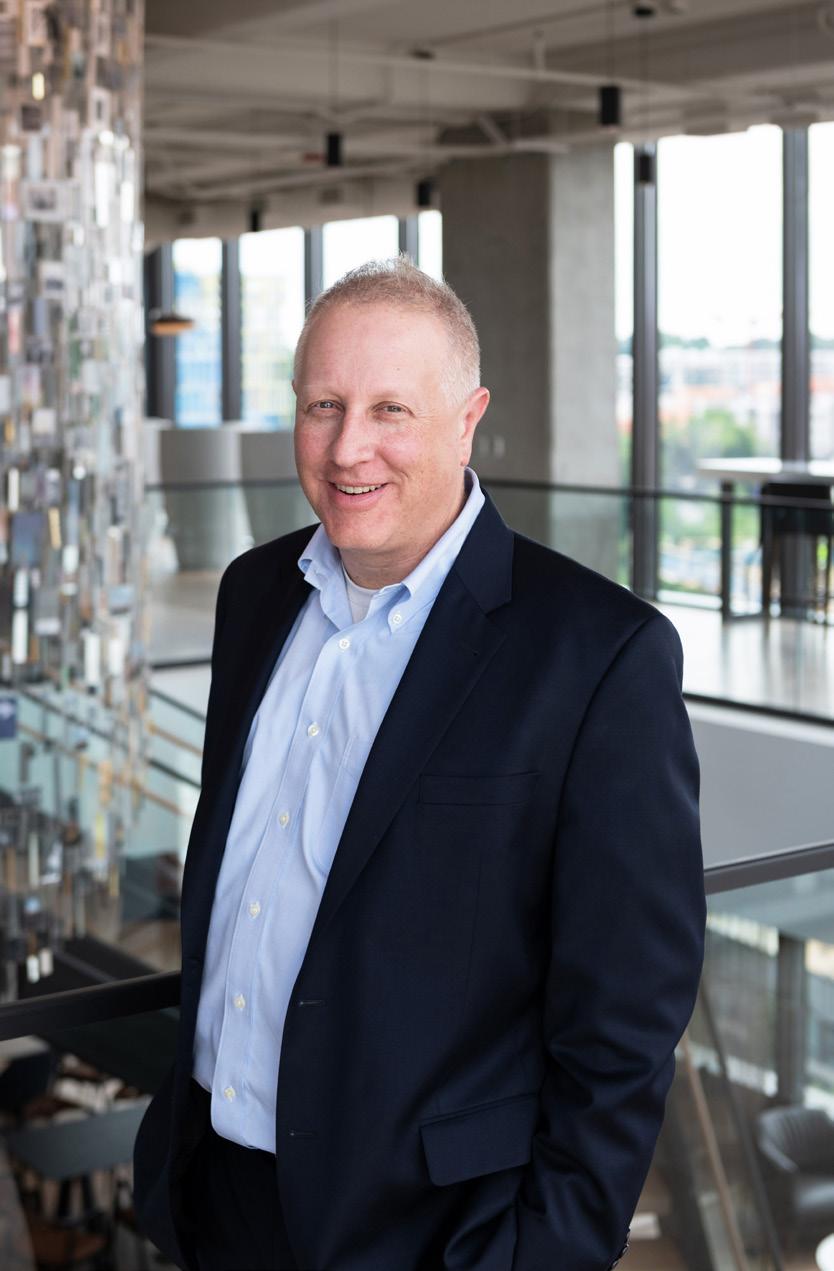
Norberg, Elizabeth P39
Olson, Jason P46
Philpott, Betsy P74
Rawlings, Auriel P26
RelaDyne Inc. P33
Robinson, Jill P21

Rodgers, Walt P33
Roesler, Joe P65 Route P58
Safe Harbor Marinas P50
SeatGeek P10 Stang, Chris P79
The Howard Hughes Corporation P54 P79
Thompson, Meagan P50 Turo P72
Warner, Nick P58
Washington Nationals P74 Workiva P15
38% of companies plan to make diversity, equity, inclusion, and belonging (DEIB) a measurable priority in the next 12 months


Retaining top talent A lack of qualified candidates Hybrid work challenges Remote work compensation expectations Applications whose skills do not match their résumé
46% of respondents say creating meaningful relationships with candidates is more important than ever
3 weeks Average time-to-hire


Genuine connection Transparency Adaptability Candidate well-being









90% of companies designed their hiring process to reflect company culture
BUT




53% communicate the company culture to candidates during their process


